This journey we’re about begin, a 329-mile, seven-hour drive from central Edinburgh to Jaguar’s design HQ on the outskirts of Coventry, is exactly the kind of duty for which the revolutionary electric I-Pace has been devised, I decide.
The thought springs into my head as we stand on the pavement outside our hotel and the car glides silently into the morning light from its underground car park.
Compared with Einstein’s theory of relativity or Archimedes’ principle, this is hardly a Big Thought. Indeed, it may strike you as blindingly bleeding obvious. Yet so extraordinary has been the fuss surrounding the design and debut of Jaguar’s (and Britain’s) first premium all-electric saloon that thoughts about the life it might lead in ordinary service have seemed almost beside the point, until now. But today, these things will take centre stage.
My mission is to accompany the design boss of the I-Pace and every other recent Jaguar, Ian Callum, on a routine journey back to base in Whitley, a couple of miles south of Coventry. Callum has been in Scotland doing family stuff and commemorating an anniversary: it’s 50 years since, as a schoolboy, he wrote his now-famous letters to Jaguar boss Bill Heynes, receiving prophetic and highly relevant advice about how to achieve his goals. Callum has also been revisiting the Edinburgh Jaguar dealership he went to with his grandfather to see an E-Type, that precious journey undertaken in an I-Pace because the model is every bit as significant today as the E-Type was in its age.

Various navigation programmes, including the one in the car, suggest our journey is going to take around seven hours, allowing for the traffic that always clogs the motorways of northern England. Onto that we add an hour, the time we reckon it’ll take to charge the I-Pace’s 90kWh bank of batteries from the expected 10-20% they’ll contain when we arrive in York, roughly 200 miles due south.
The NEDC range for the I-Pace is quoted as being nearly 300 miles, but we already know the honest-to-God range is closer to 230-240. An hour on a 50kW DC charger – which the handy Zap-Map phone app reckons are plentiful near York – will restore our battery charge to around 75%, more than enough to carry us the remaining 150 miles to Whitley. Firm plans never work. A 7kW charger into which our car has been plugged overnight has tripped to ‘off’ without doing its stuff. This morning we have 60 miles in our battery pack, not 230-240, and our plans must be modified. It is no disaster, though. There will simply have to be two charging stops, a fact of life that underscores Rule One of electric car progress: never leave home without a full charge. Unless someone else’s hardware lets you down...
We set off knowing we’ll need to charge within 40 miles to be safe, and again with around 100 miles to run. This will cost us an extra hour and might make an easy journey feel more laborious. We’ll have to see.
Still, tasting for the first time the smoothness, near-silence and perfectly accurate responses from the accelerator is positively uplifting as we roll out of town around 9.20am, heading due east to Dunbar, where the morning traffic has already subsided and where Zap-Map suggests a first stop at a garden centre just off the the coastal A1 where there’s a 50kW rapid charger. ‘Juice’ flows into our depleted battery while we take coffee and then we turn south to follow the coast, as planned.
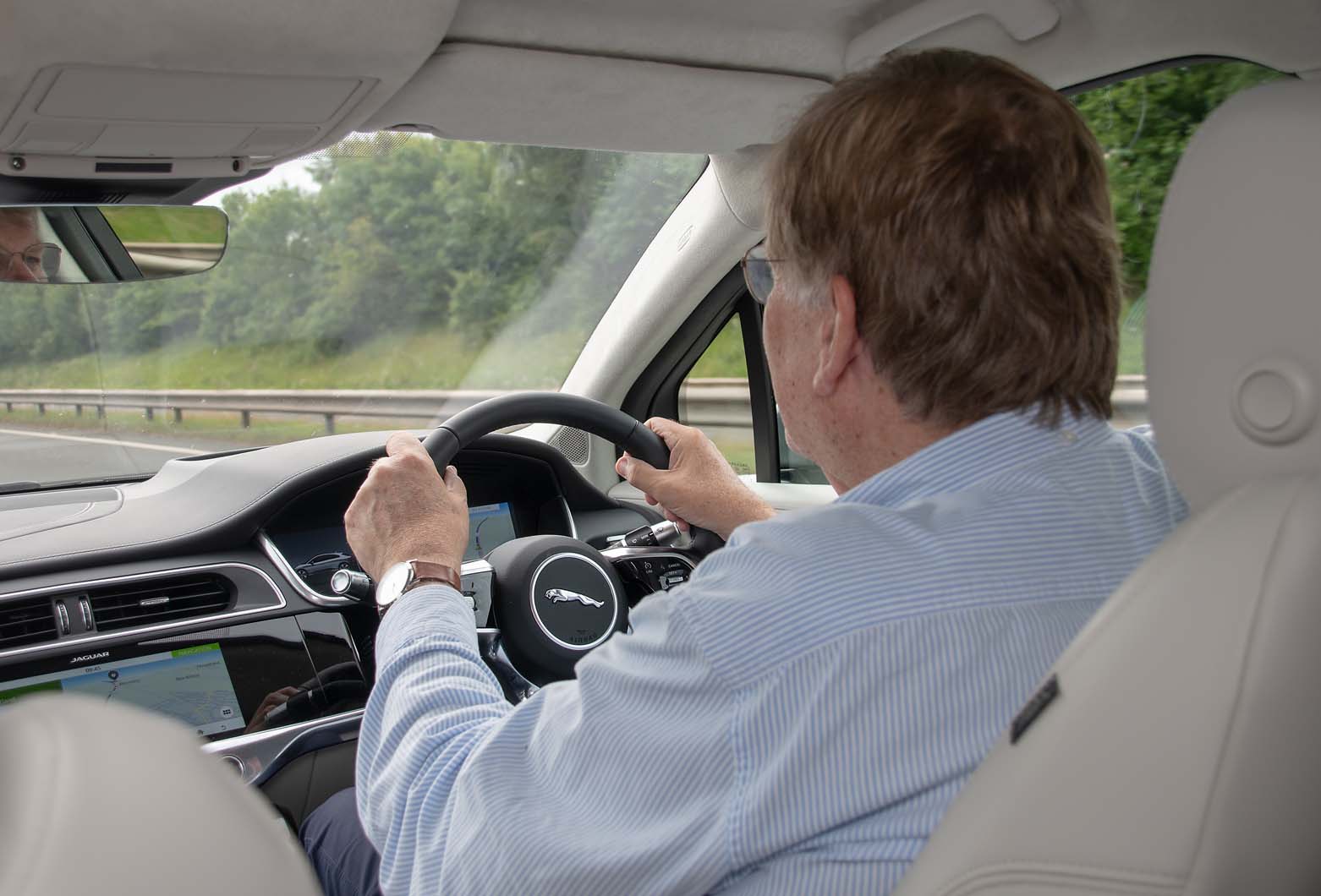
I have already sampled and dismissed the I-Pace’s Eco mode. I simply can’t bring myself to ask for something that deliberately dulls this car’s wonderfully precise accelerator response. Better to drive more accurately myself. The regenerative braking is a revelation: you get 0.2g of regenerative deceleration when you ‘lift’ and another 0.2g of regen from fairly gentle first pressure on the brake pedal, so you hardly ever have to use the friction brakes, which you soon come to view as efficiency killers and tools of last resort.
Callum, for those who don’t know, is fine company on any journey. He has endless anecdotes, seems as interested in you as you are in him, will talk or not talk as conditions demand, is only ever modest about his own towering achievements (constantly crediting his team) and doesn’t even need to talk cars constantly, even if the I-Pace is, understandably, proving fascinating subject matter at the moment.
I remark on something that struck me as soon as I saw my first I-Pace, not far short of two years ago: that despite the interior space, high roof and higher-than-saloon driving position, I never really see this caras an SUV. It’s too graceful. Callum takes that, although he’s firm on the car’s status as an SUV. It’s as big as a Porsche Macan and considerably more spacious for people and luggage. Jaguar’s first electric car had to be an SUV, he points out. The market’s as hot for them as ever, and the unique I-Pace ‘skateboard’ platform needed the extra height to accommodate large battery banks beneath the occupants.
But Callum’s happy with all the ‘real Jaguar’ comments that have come his way, pointing out that the revolutionary short nose and cab-forward design, permitted by the lack of any need to accommodate a complex, 350kg rubber-mounted lump under the bonnet, mean the front and rear screen angles can be a lot ‘faster’ than those of other SUVs, and also allow a very long roof, a substitute in a sense for a long bonnet. Callum says he has no regrets about not making the car “deliberately funky” to mark its unusual proportions and twin-motor, four-wheel-drive, 395bhp powertrain, although – thinking aloud – he wonders if they should have done the grille a little differently, to show it comes from a different family. “Perhaps that’s one for the facelift,” he says.
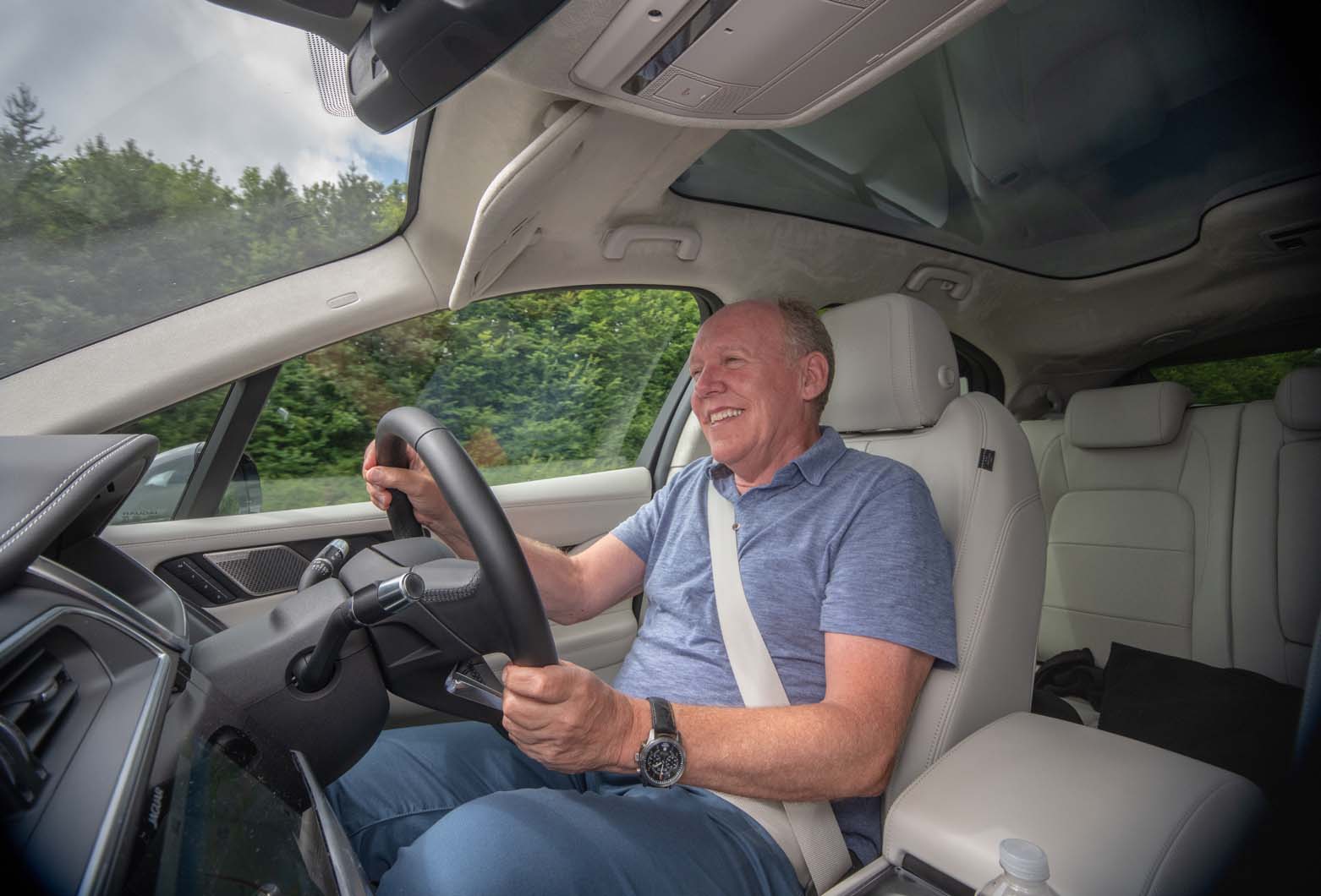
Another I-Pace discovery: silent motorway travel on balmy days, especially with strong off-throttle braking instantly available, makes distances melt. We stop a few times for pictures, chatting a lot and watching the world going by (curiously more awkwardly than us) and noting how amazingly little road noise is generated by the 22in wheels of our late prototype as it cruises somewhat in advance of 70mph. It’s vital that the rest of the car is as refined as the powertrain, says Callum, fretting now and then about a squeak behind the fascia he feels is spoiling our progress. But he believes the air suspension (three levels over a height range of more than 90mm) and the fact that even the 22in wheels wear generous 40-profile tyres are the car’s best tools for killing road noise.
Under the direction of Zap-Map, we stop again for a one-hour shot of 50kW power in a Garforth shopping centre, taking coffee across the road in a totally charming cafe that occupies the former station master’s cottage. This is life for electric car owners, we agree. You may lose time compared with petrol car journeys if you’re foolish or unlucky enough to leave home without a full charge, but you’ll see much more of the wide world than you would have done.
We roll into Whitley at around 6pm, having first expected to be there at least an hour earlier. Callum rarely has 90 minutes to waste, but he’s sanguine about it on this occasion. The I-Pace has proved itself. The comforts, quietness, discreet poke and joy of driving have all been well proven. He’s quietly proud of the car, which patently deserves its long waiting list of buyers. In fact, all seems right with the world – apart from that squeak behind the dashboard. Bright and early tomorrow, says Callum, his best technicians will pulverise it out of existence.
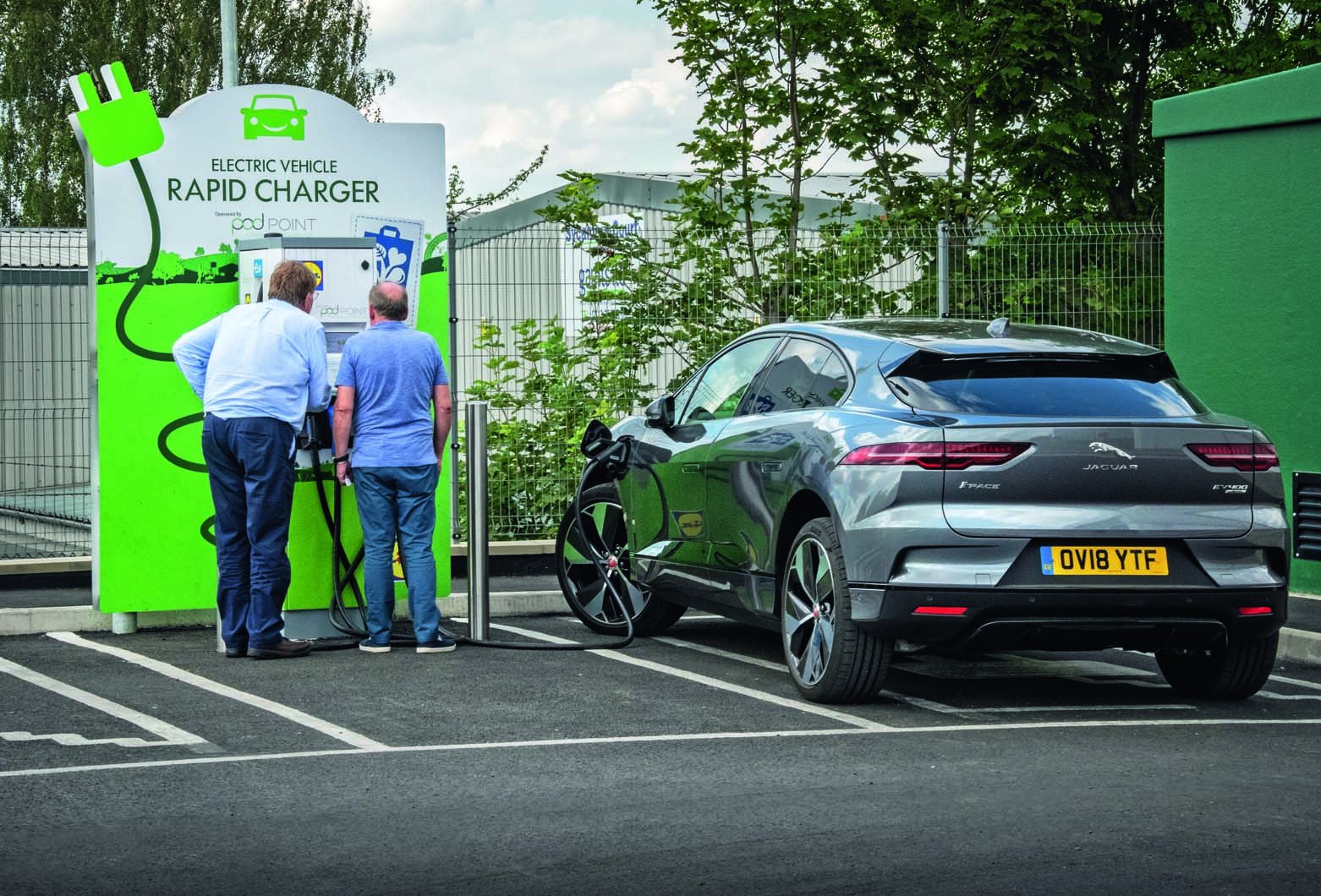
Five of Ian Callum’s greatest hits at Jaguar
Before the I-Pace, chief designer Ian Callum had already put Jaguar on a distinguished design path with these five trend-setting products
JAGUAR XKR - Launched 2007: Second-generation XK sports car, first shown at Frankfurt in 2005, was the first all-Callum Jaguar. Much management indecision over styling direction caused long delays; front air intake followed the E-Type with a simple elliptical shape, not repeated. Dropped in 2014 in favour of the F-Type.
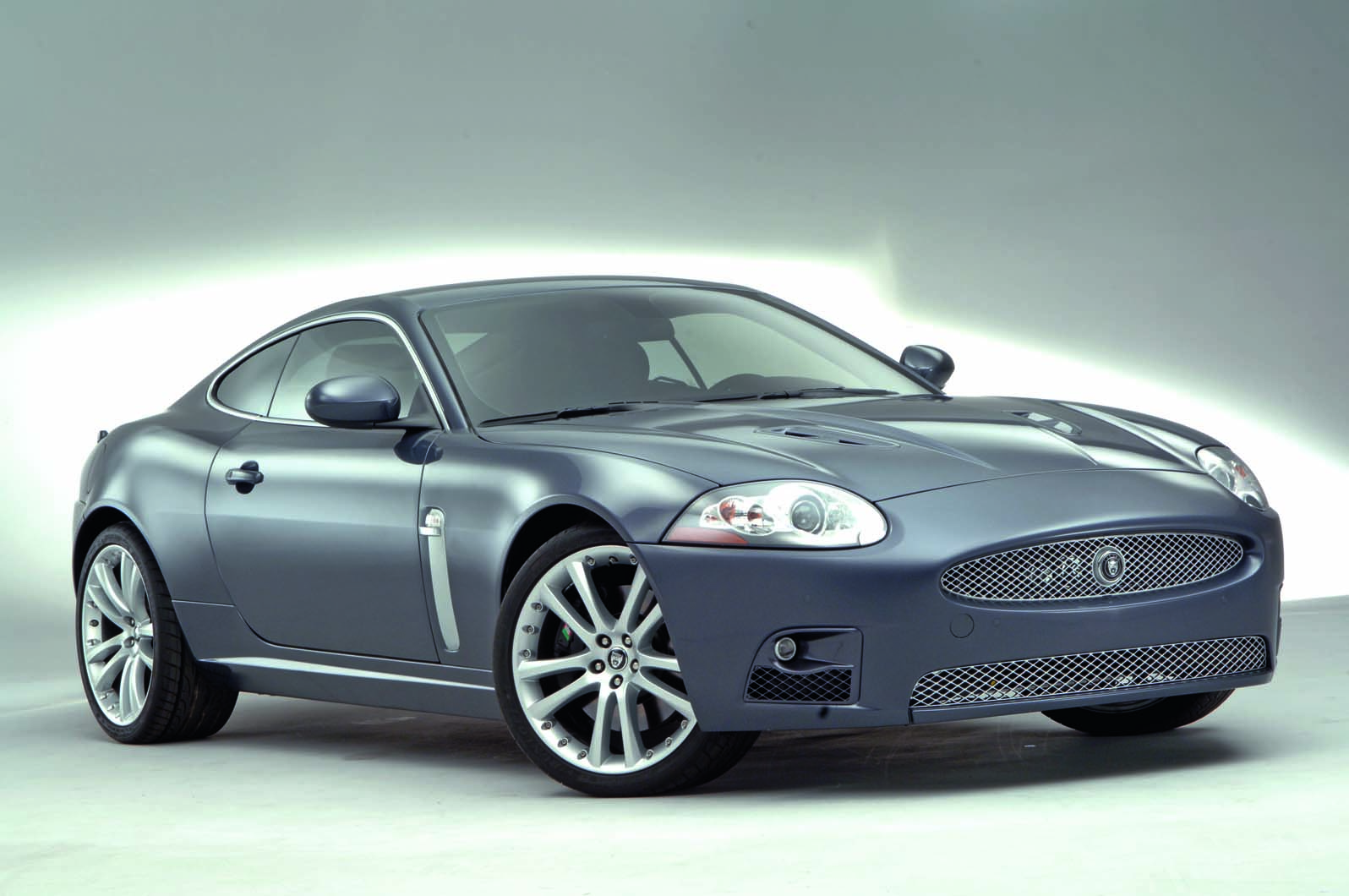
Jaguar XF - Launched 2008: Shown first as the C-XF concept, it brought a new look to the marque, in effect jumping two generations at once. Controversial at first, the shape — including a new 3D grille treatment that re-interpreted William Lyons’ original, 1968 XJ grille — soon won universal acceptance.
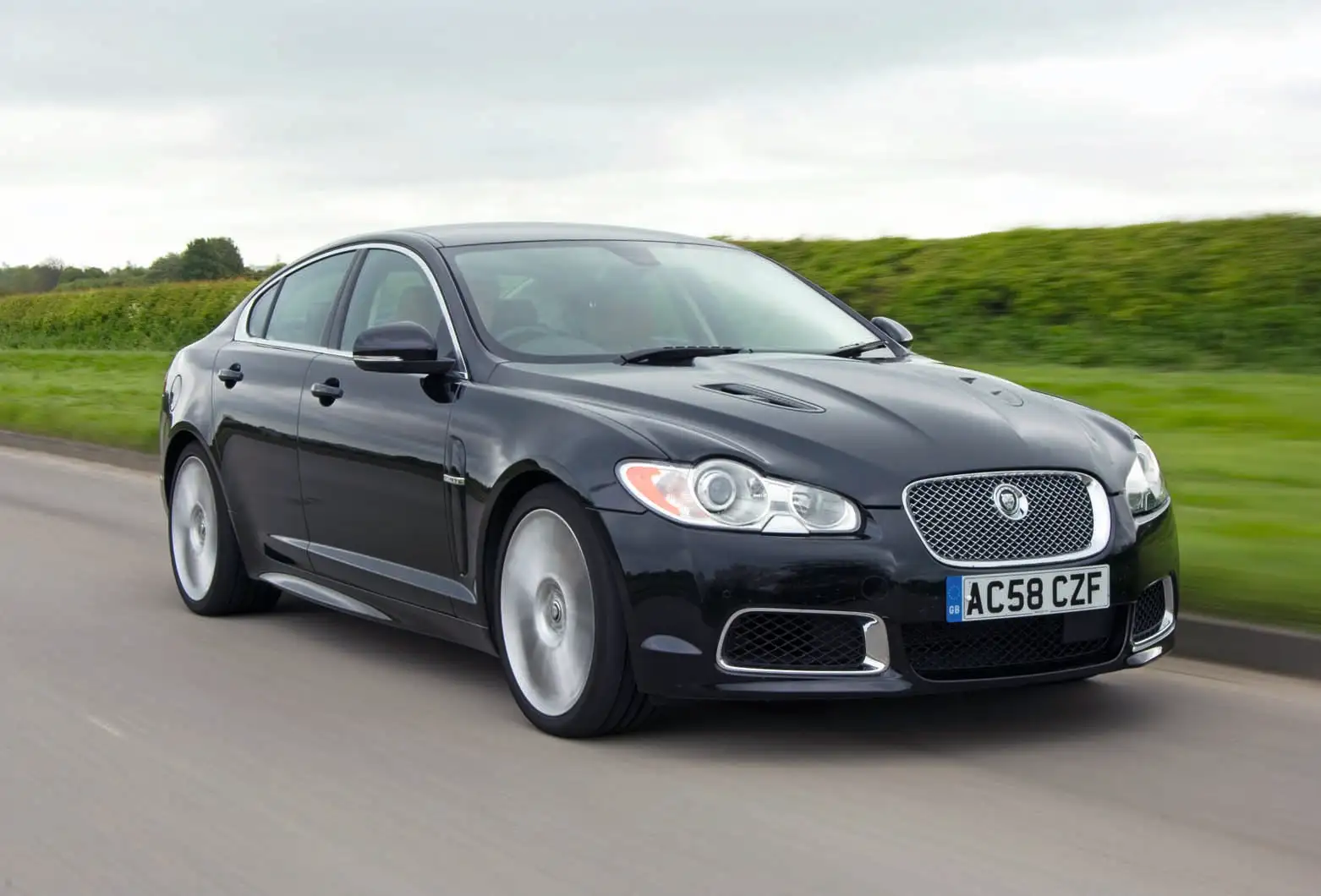
Jaguar XJ - Launched 2009: Jaguar’s limousine, intended to battle the BMW 7 Series and Mercedes-Benz S-Class, moved the XJ upmarket.
It shows clear styling links with the XF, but a bigger and squarer grille plus controversial ‘cat’s claw’ rear lights make this flagship saloon unmistakable.
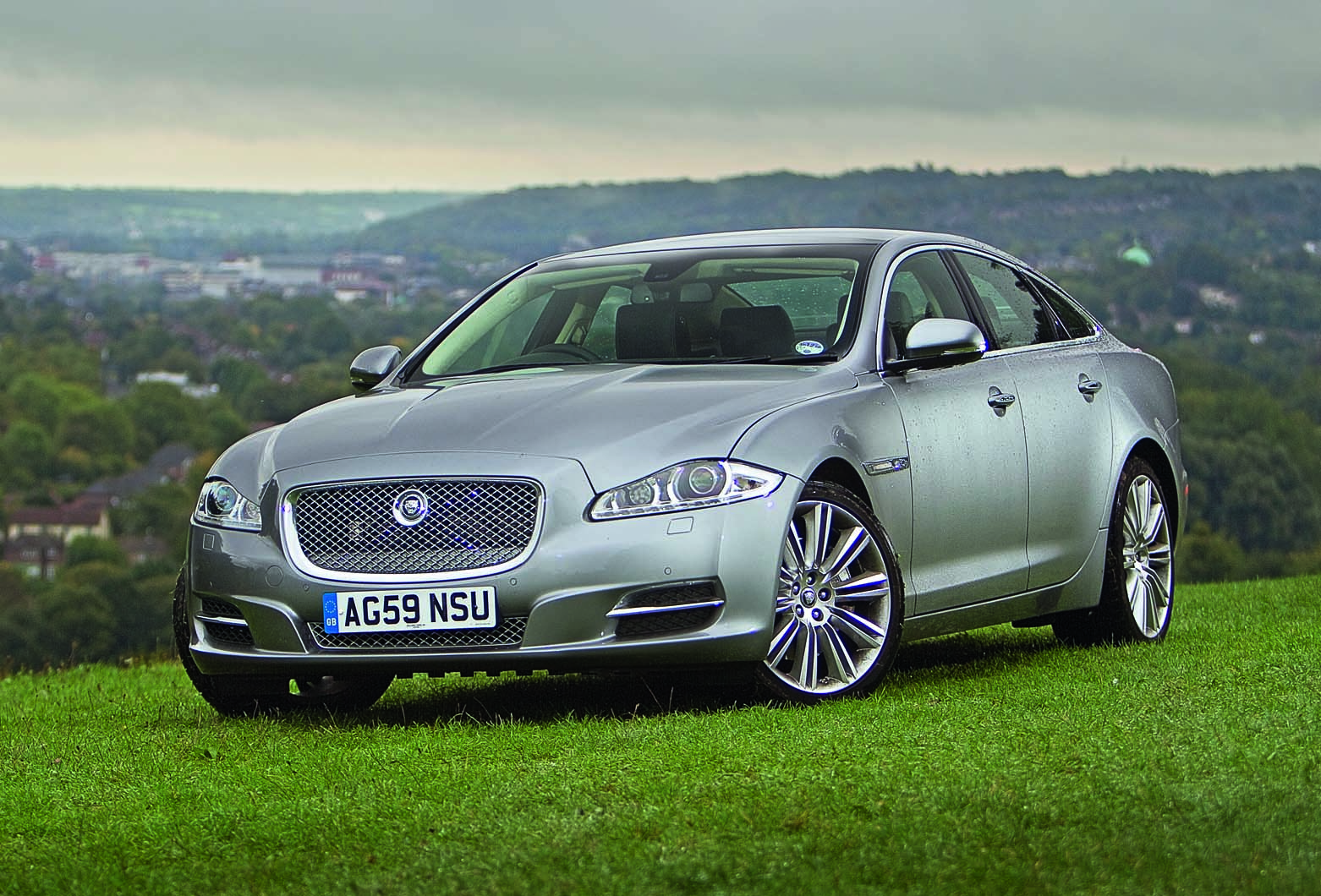
JAGUAR C-X75 - Show debut Paris 2010: Radical £700k hybrid two-seater originally had two gas turbine range-extender motors feeding an electric motor per wheel. Planned for limited production, but canned. The handful of road-going versions built had two electric motors fed by a twin-charged petrol 1.6-litre.
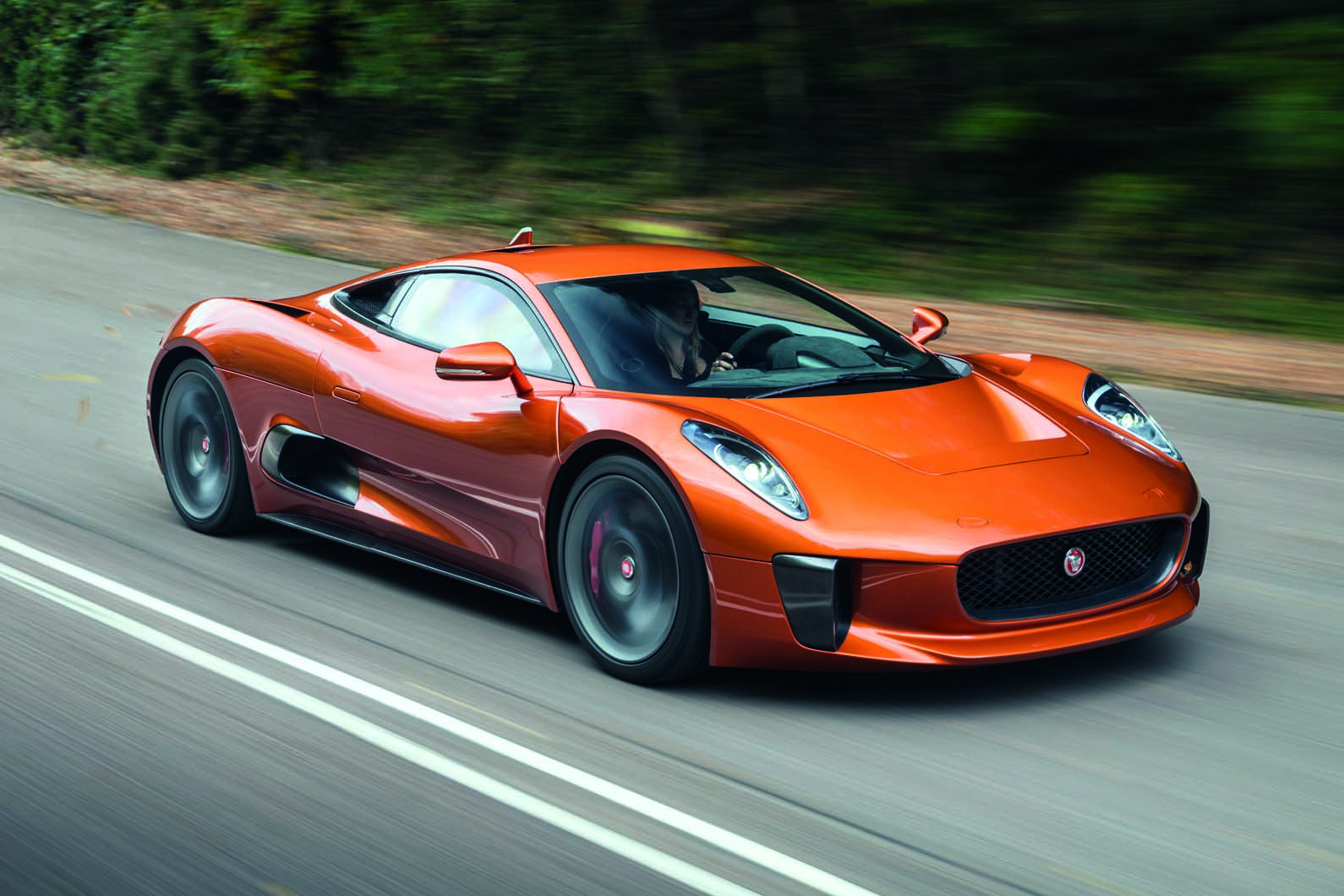
Jaguar F-Pace - Launched 2016: Jag thought hard before giving in to the SUV rush. Bullish sales have vindicated the decision. Callum says extending Jag design cues to an SUV’s large, tall package was tough and took many attempts, but customer reaction to this (and the Jaguar E-Pace that followed) has been very positive.
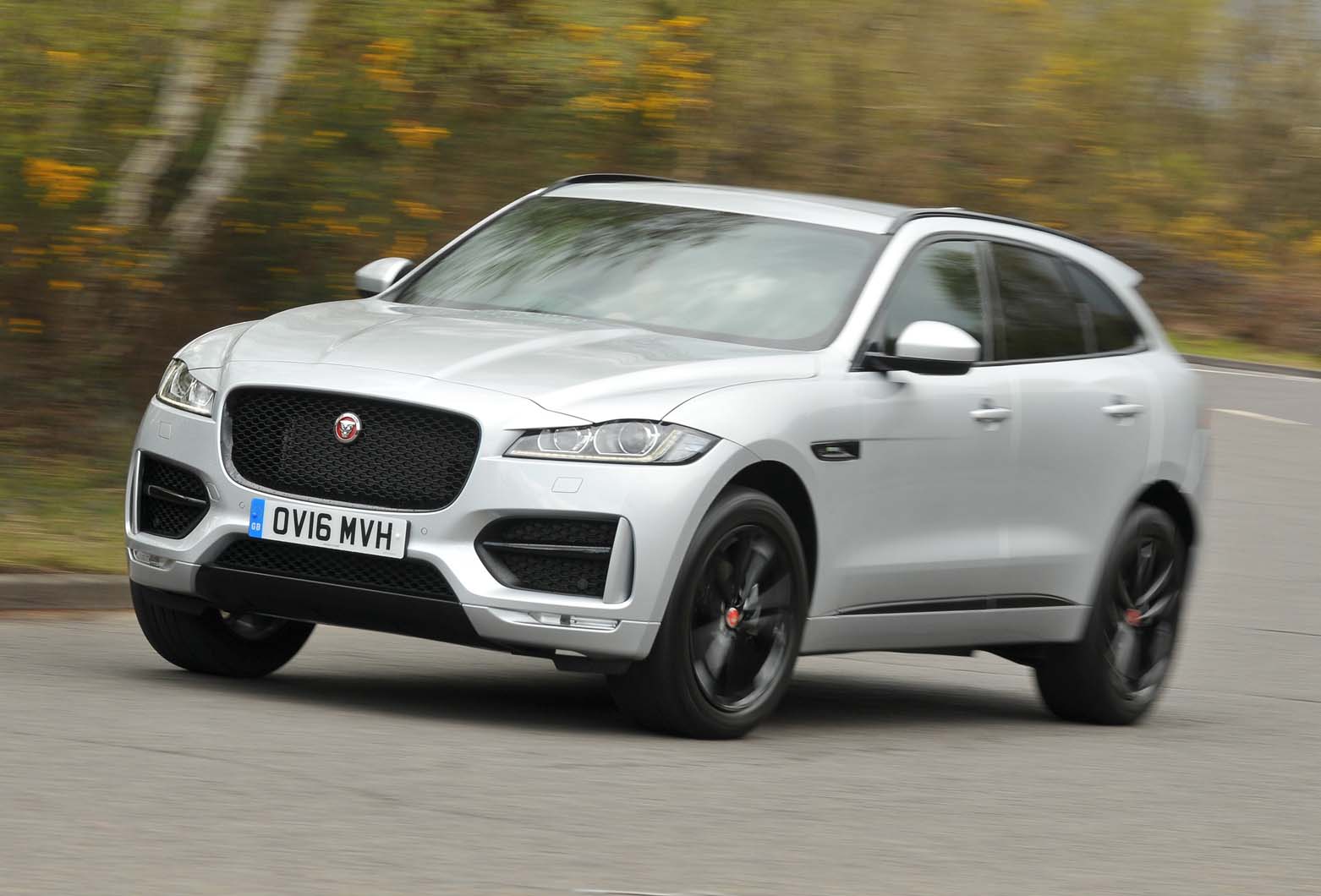
Read more
New Lister LFP is 200mph Jaguar F-Pace SUV
Jaguar I-Pace review
Nine new Jaguars to expect in the coming years

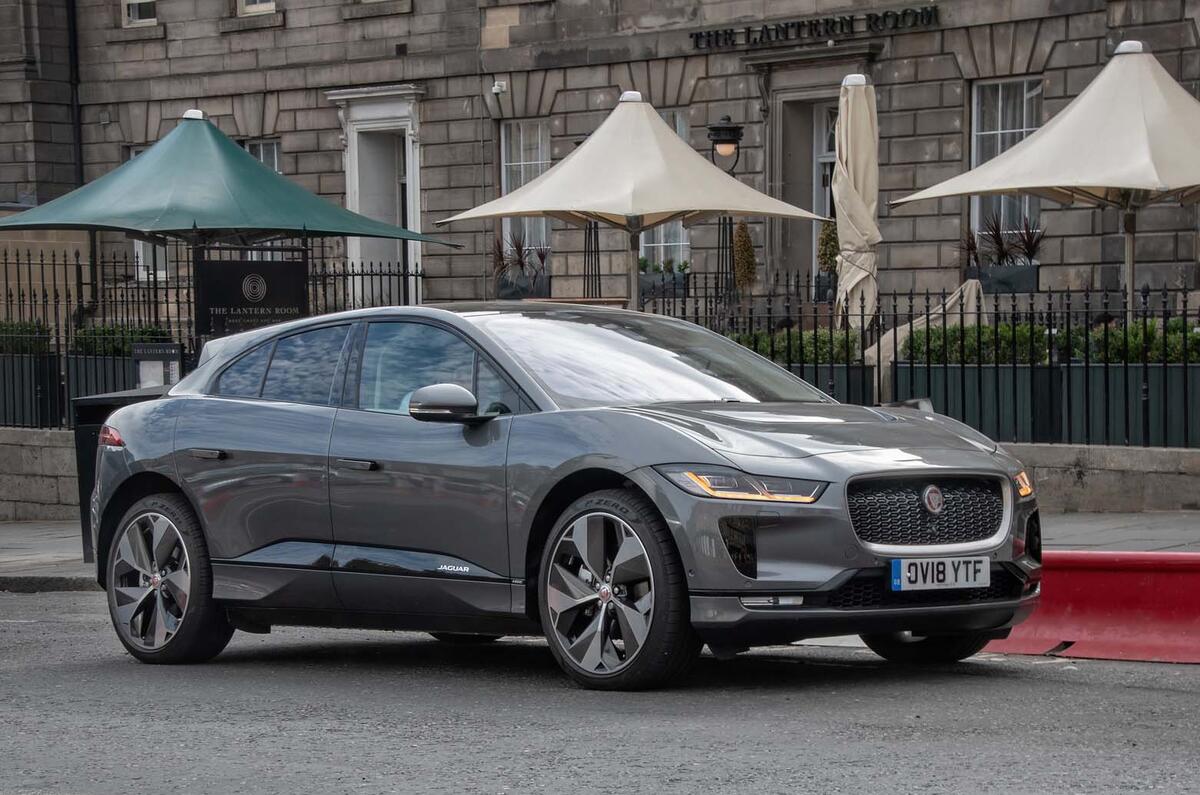
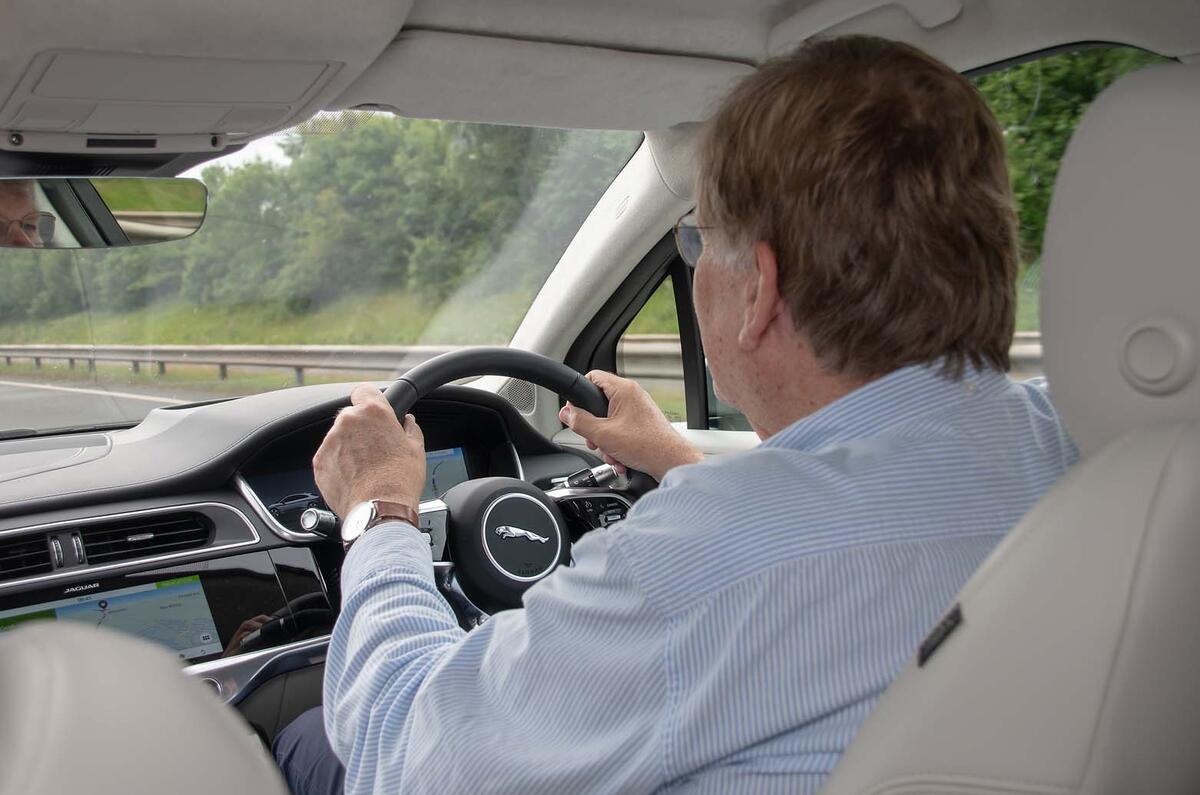
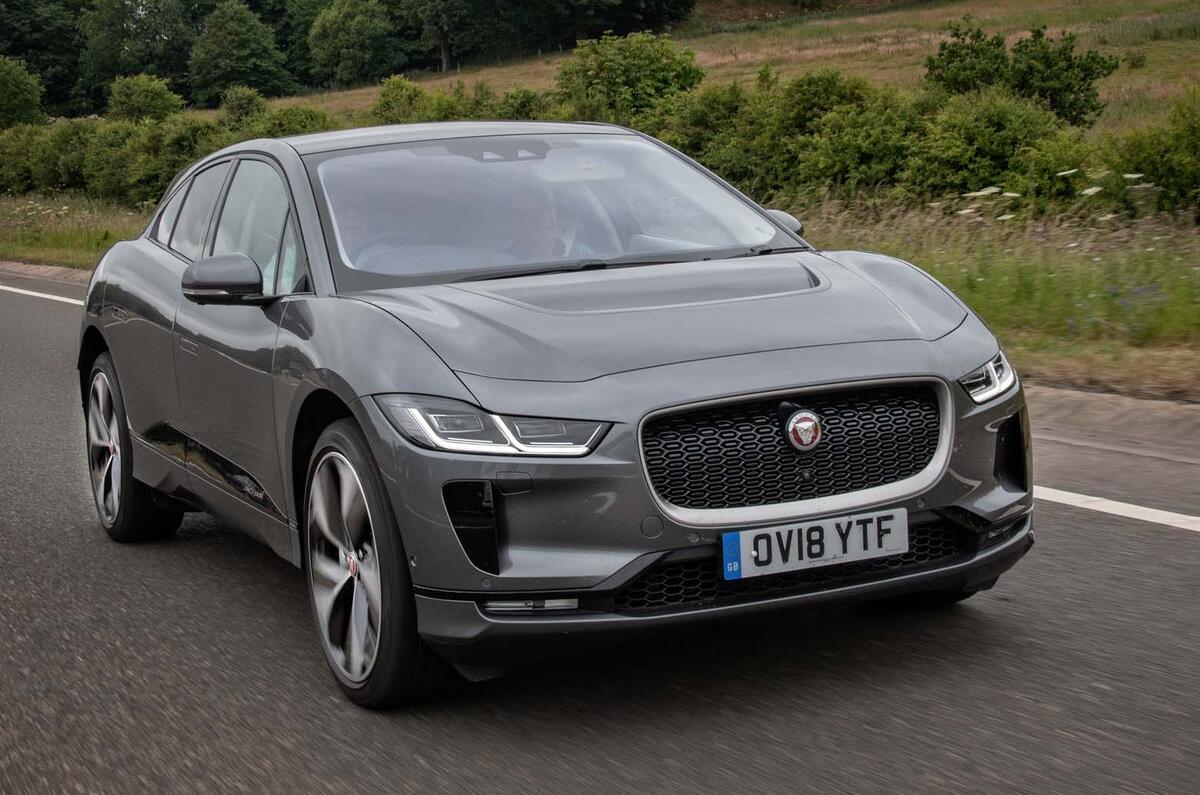
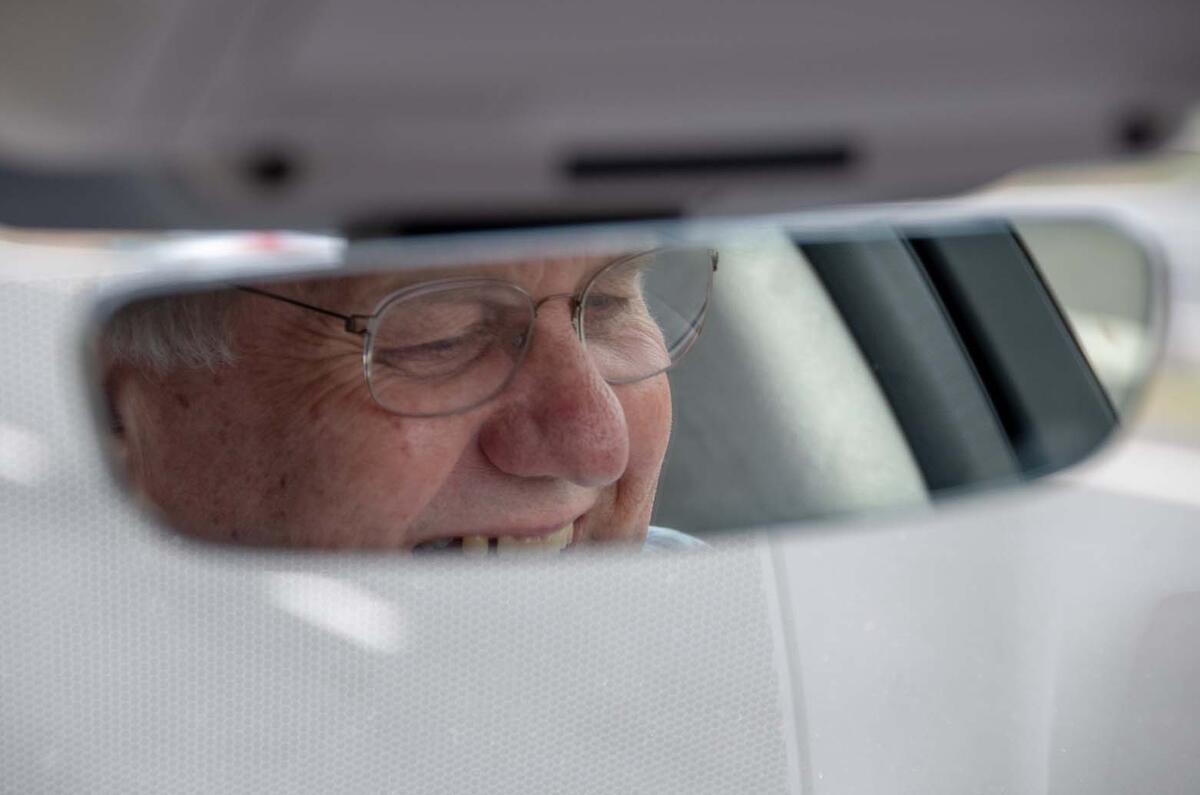
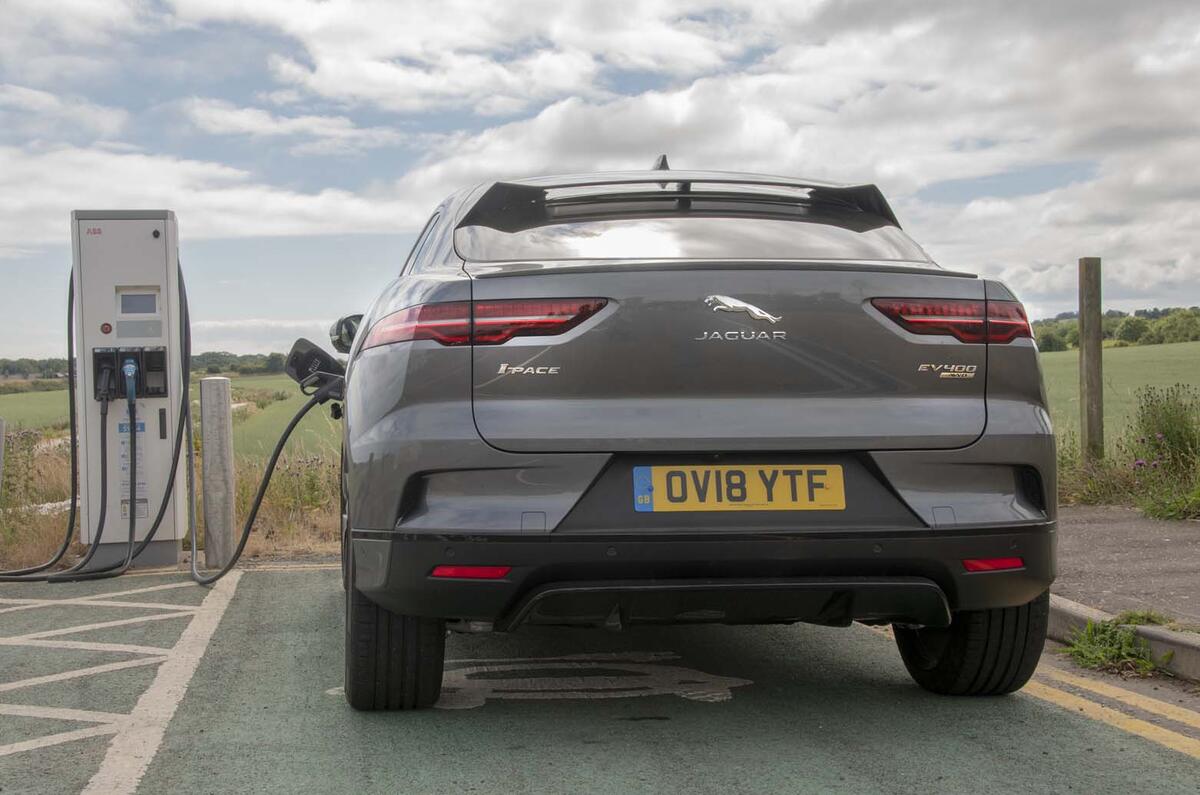
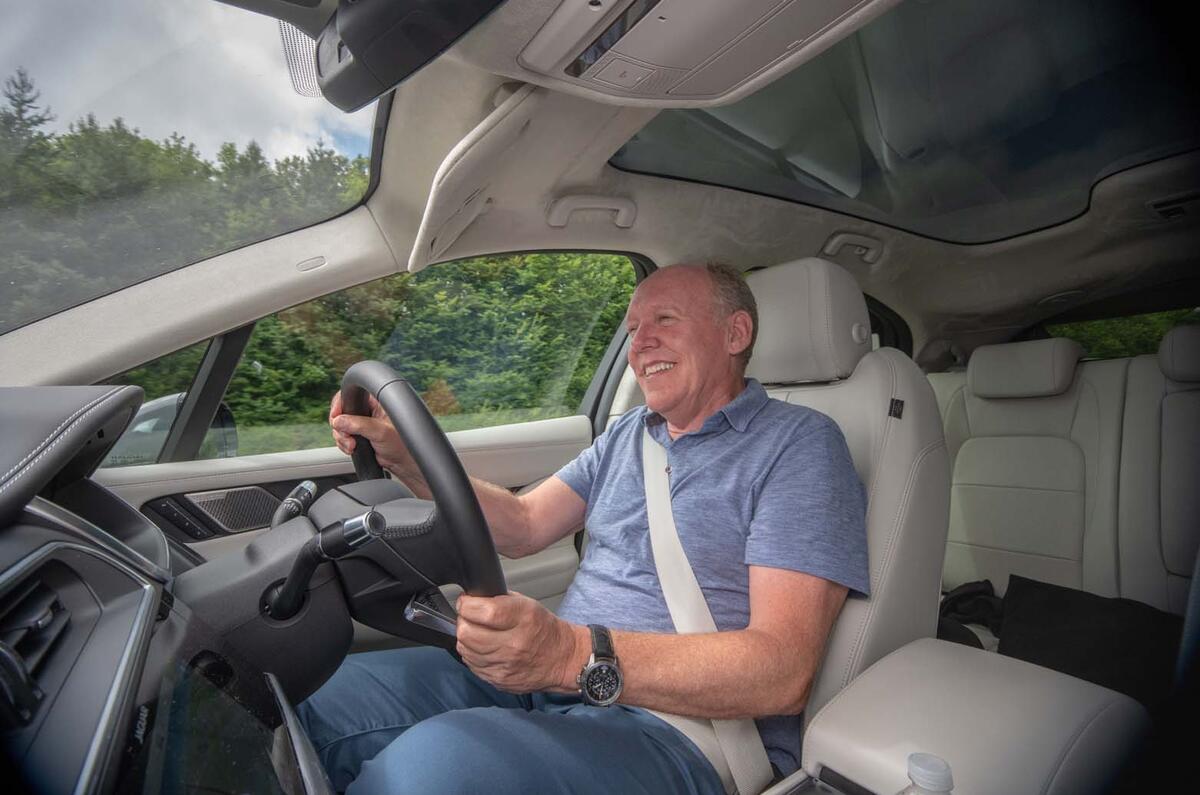
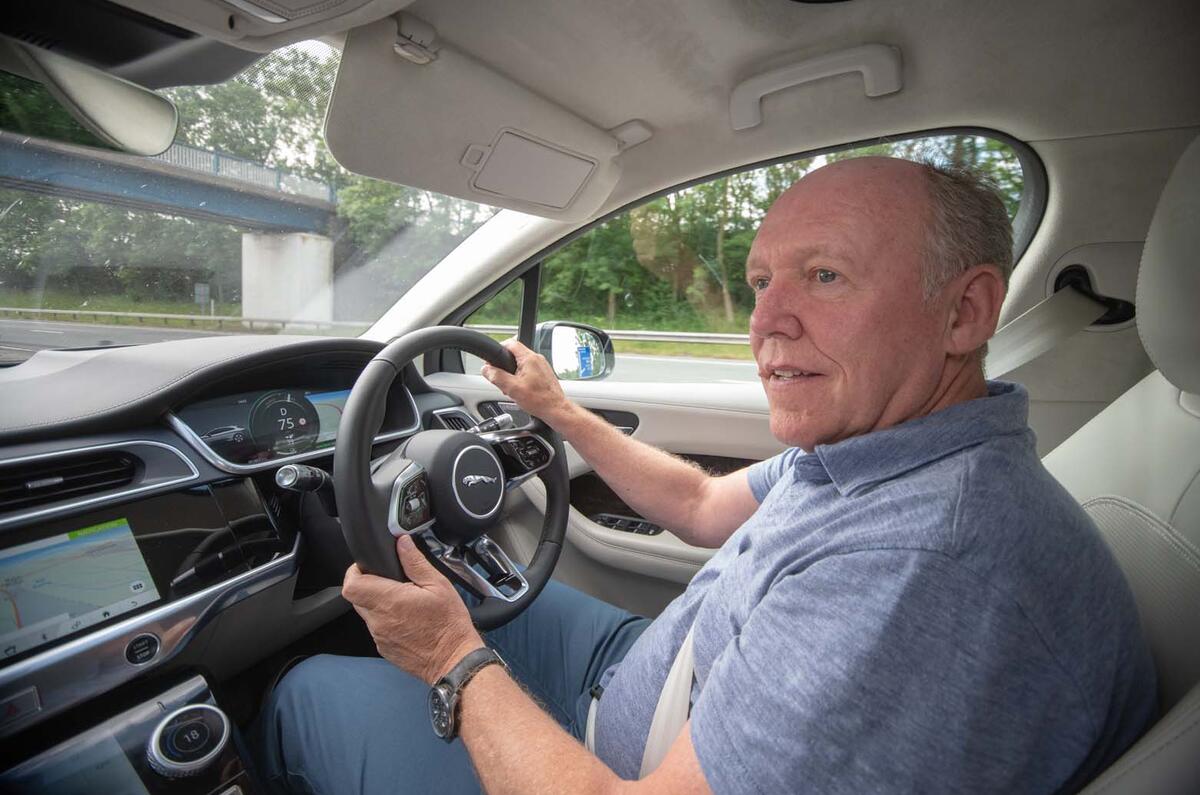
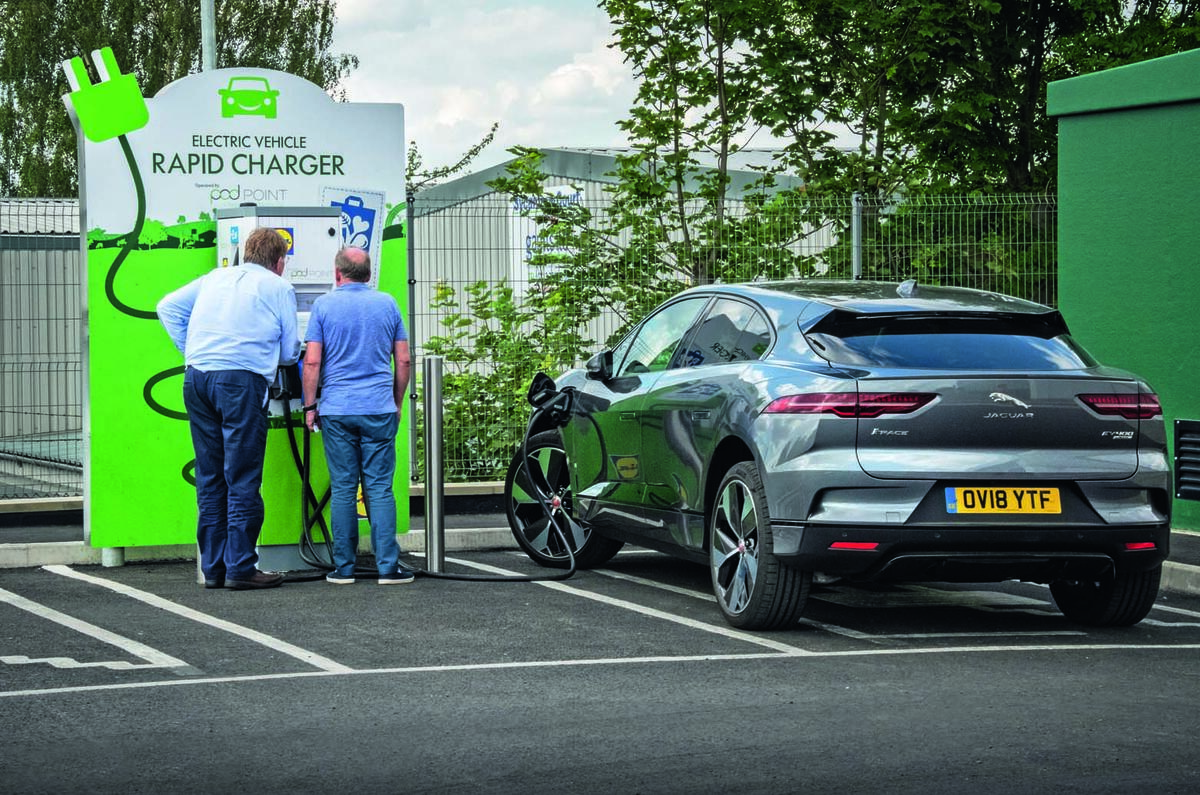

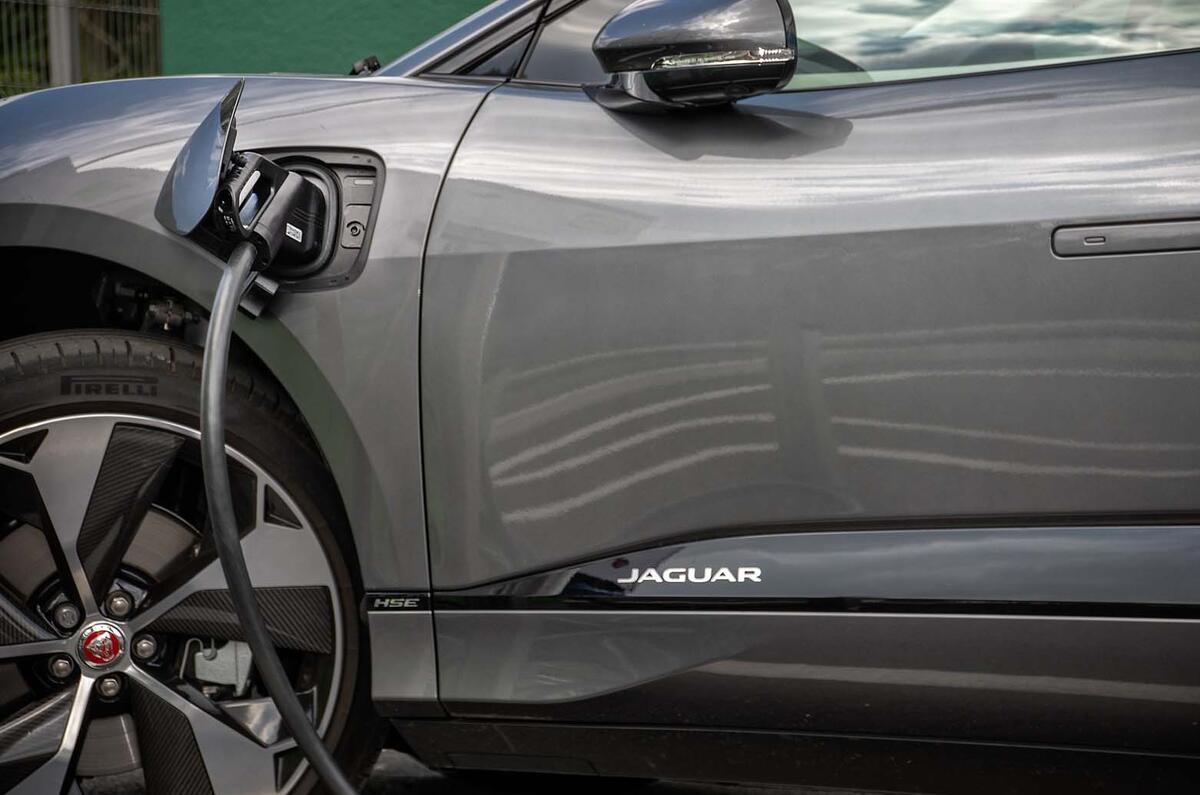
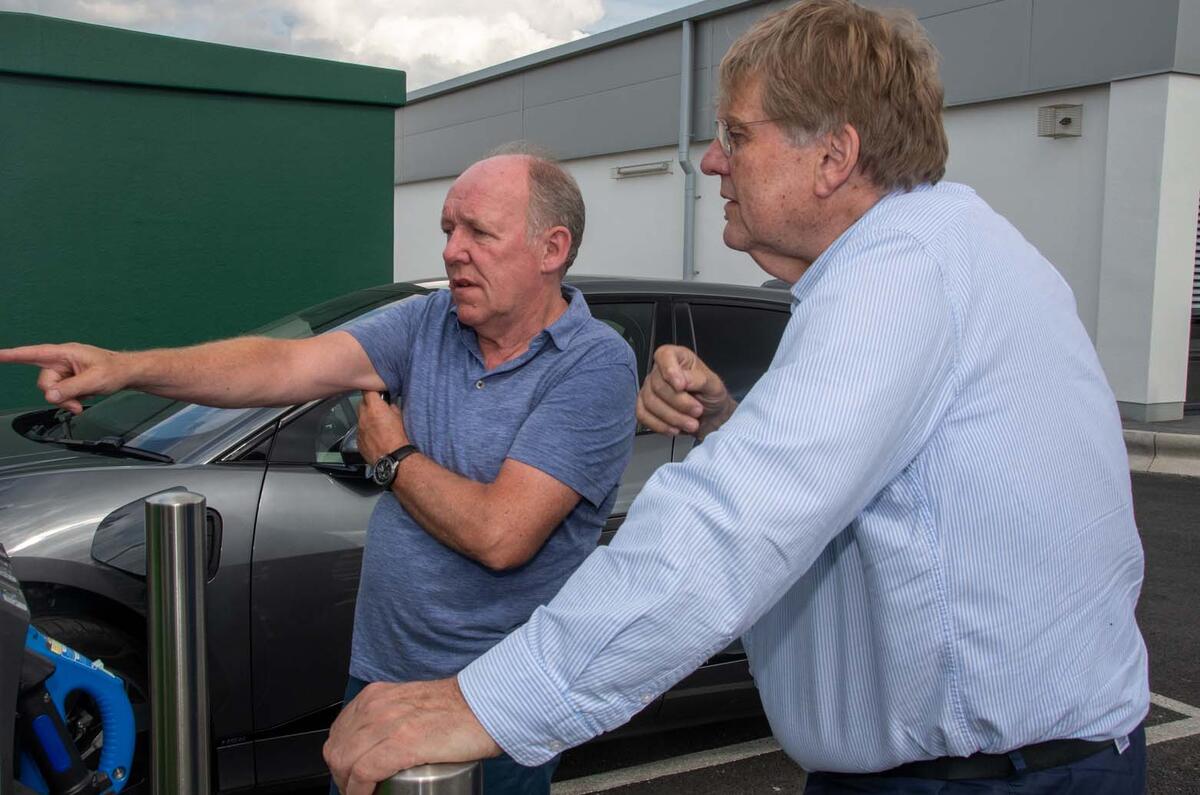
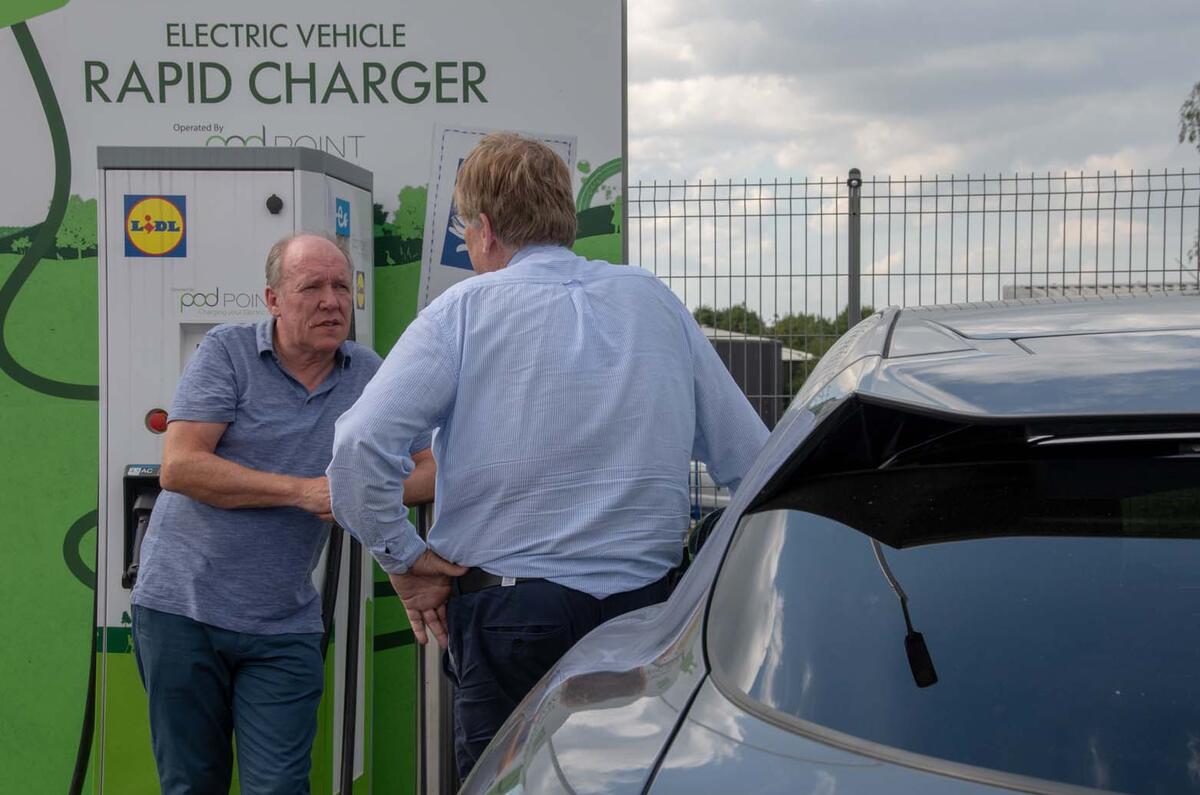
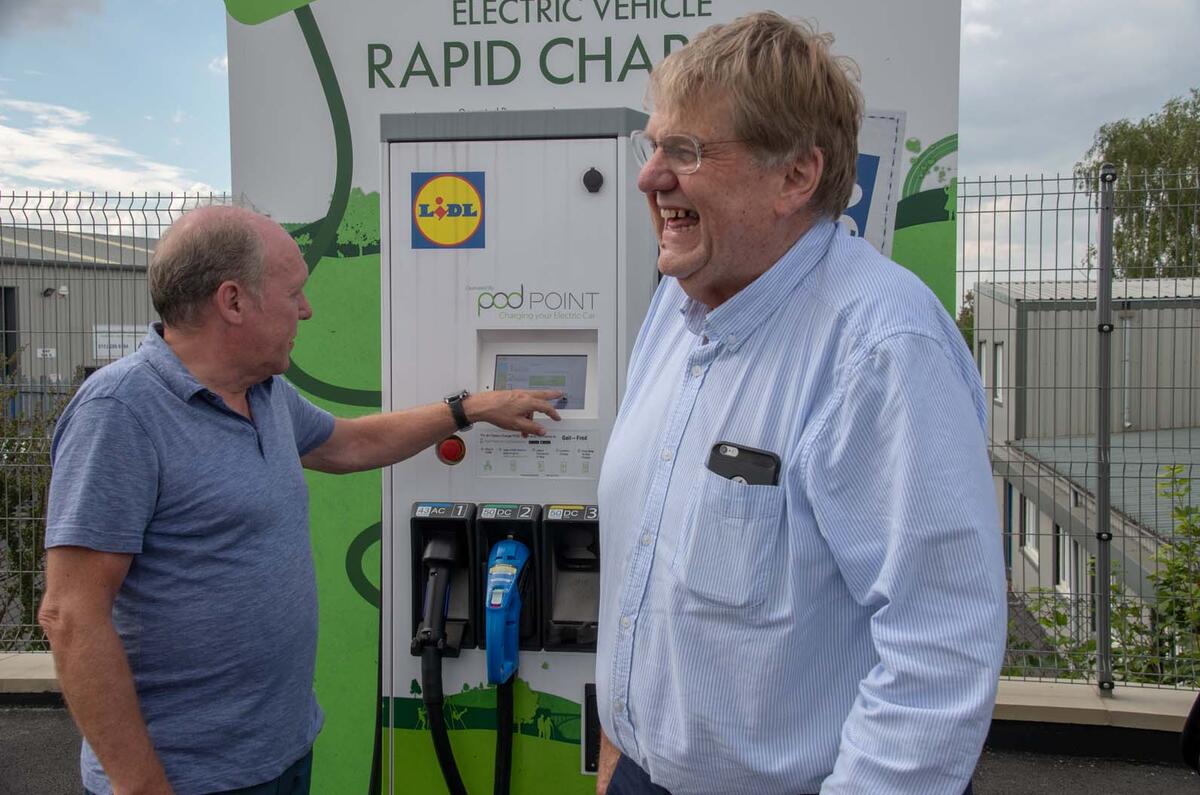
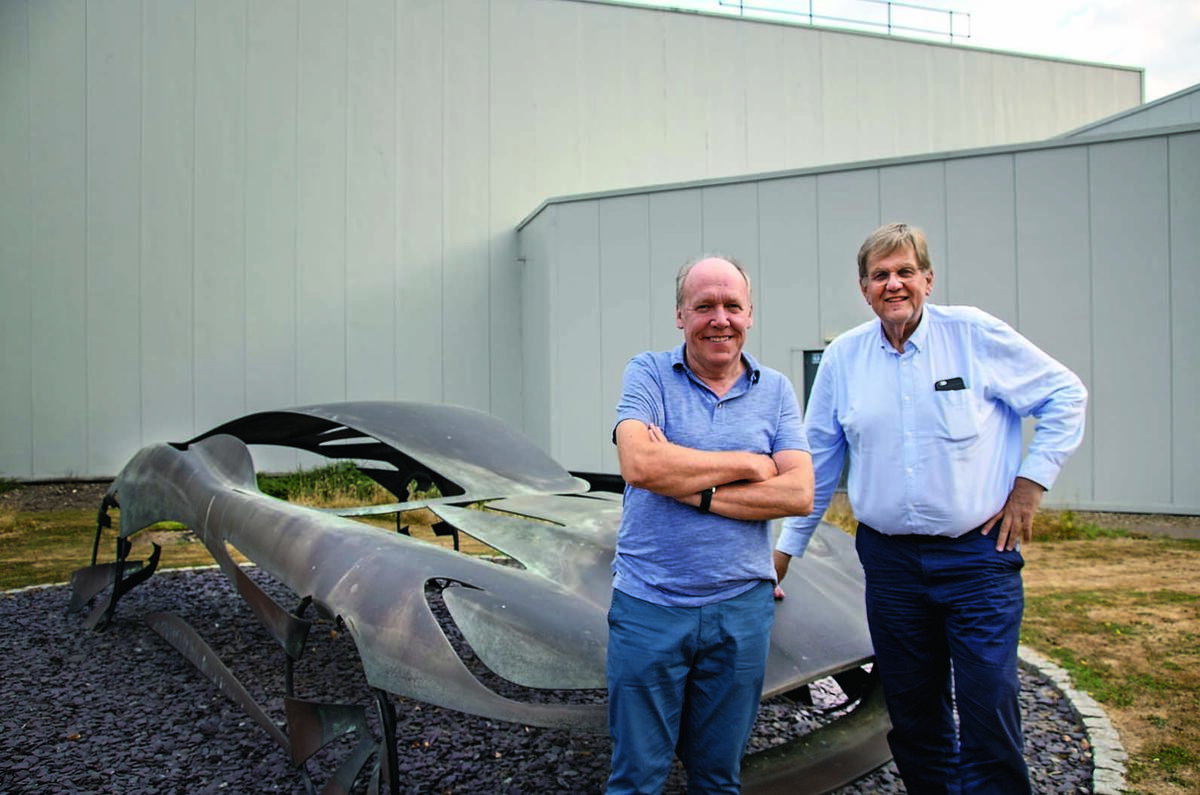
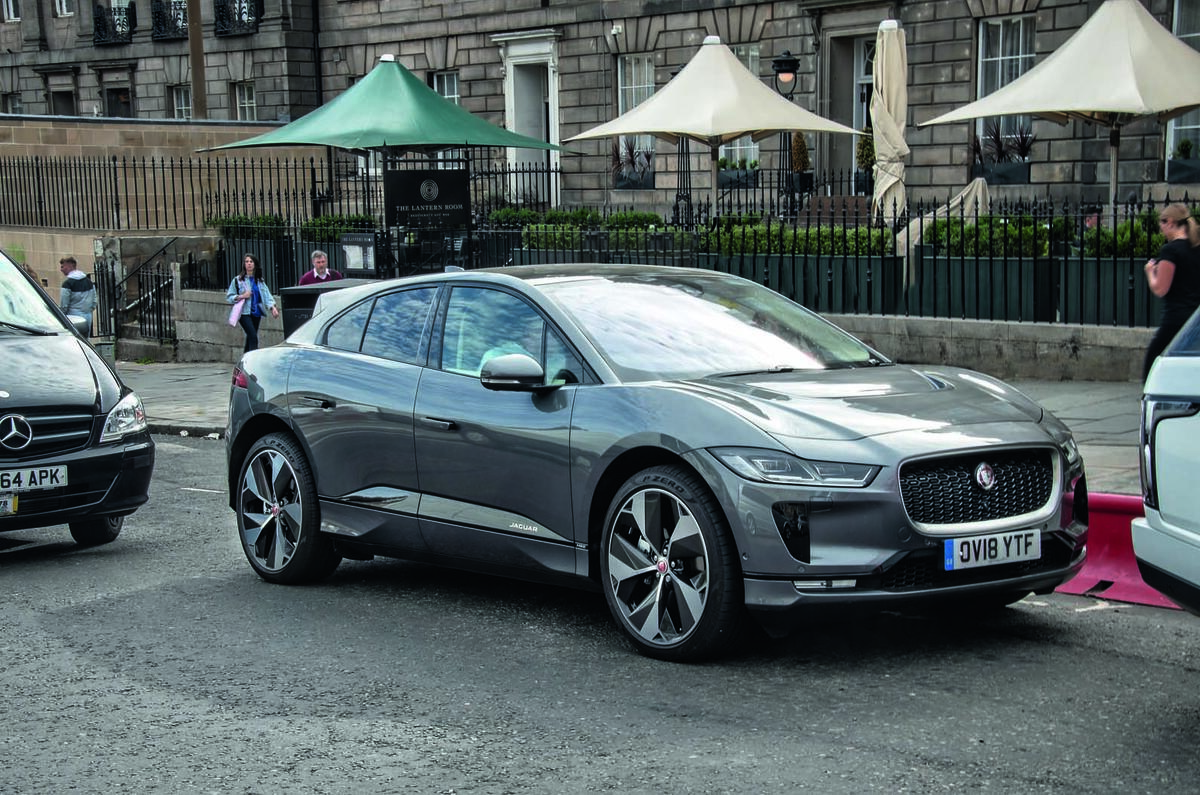
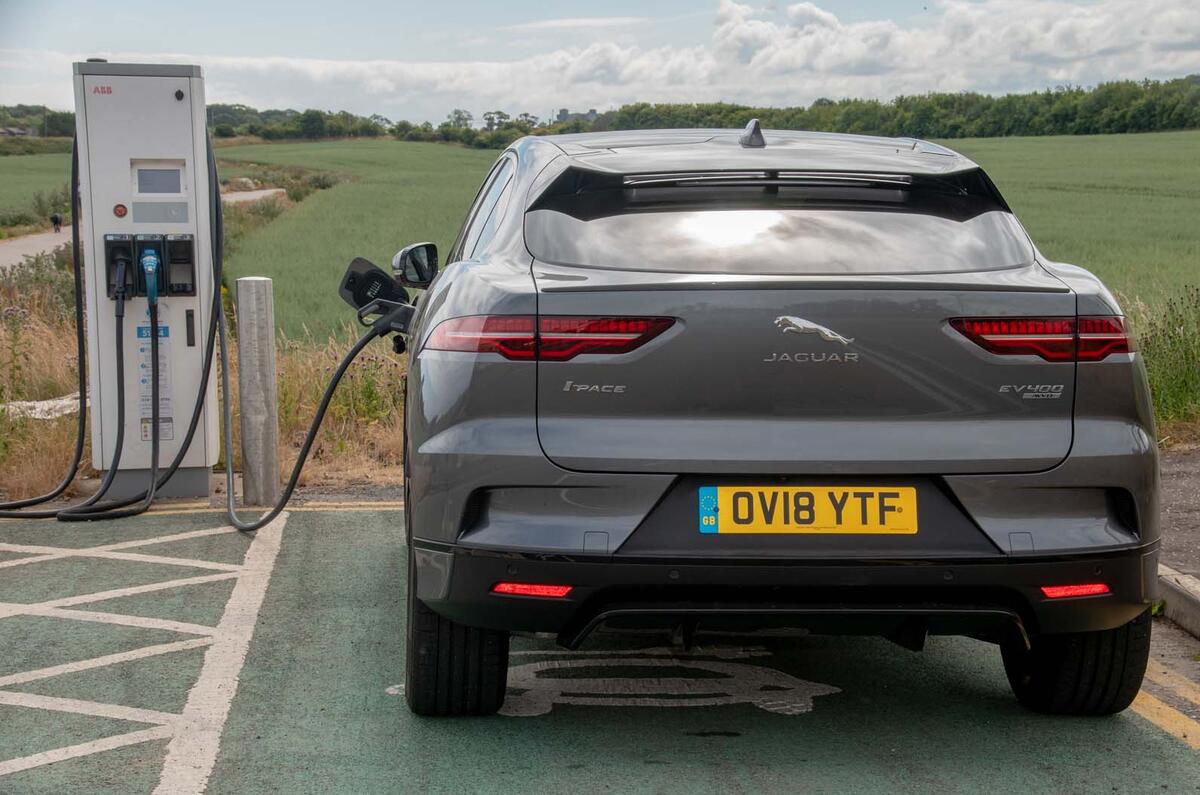
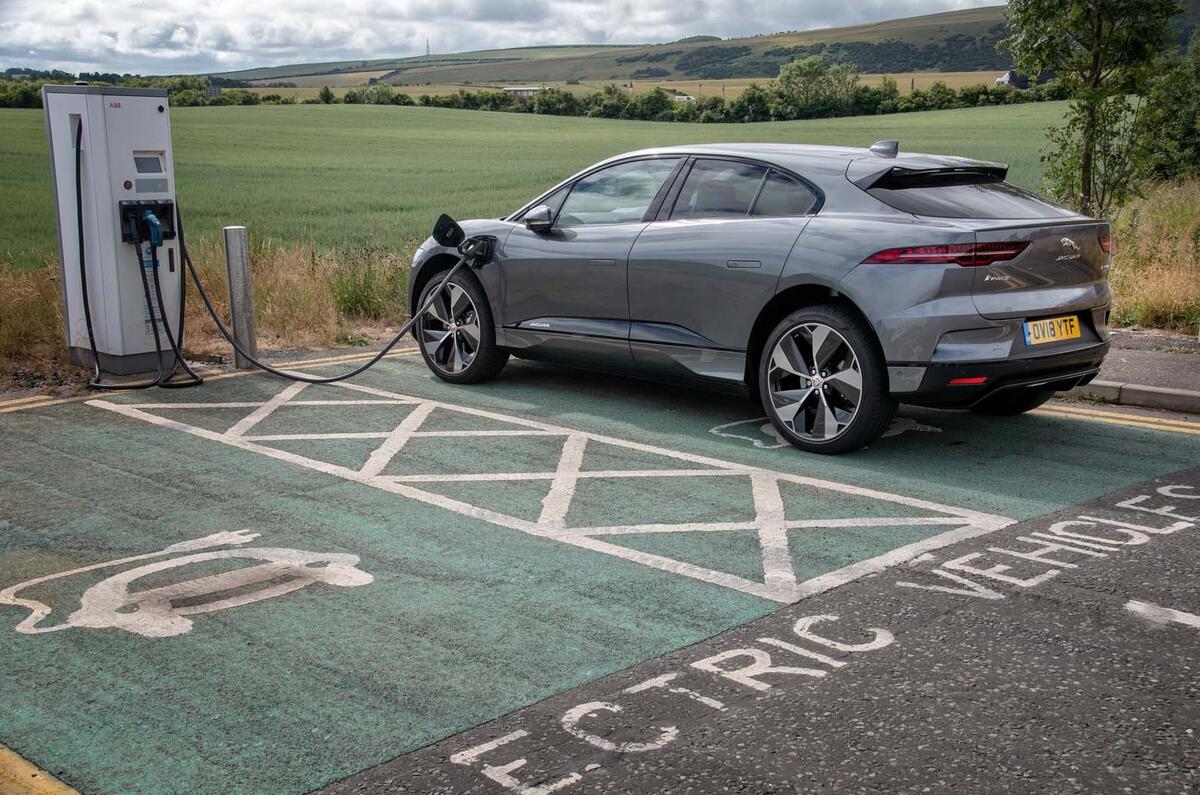
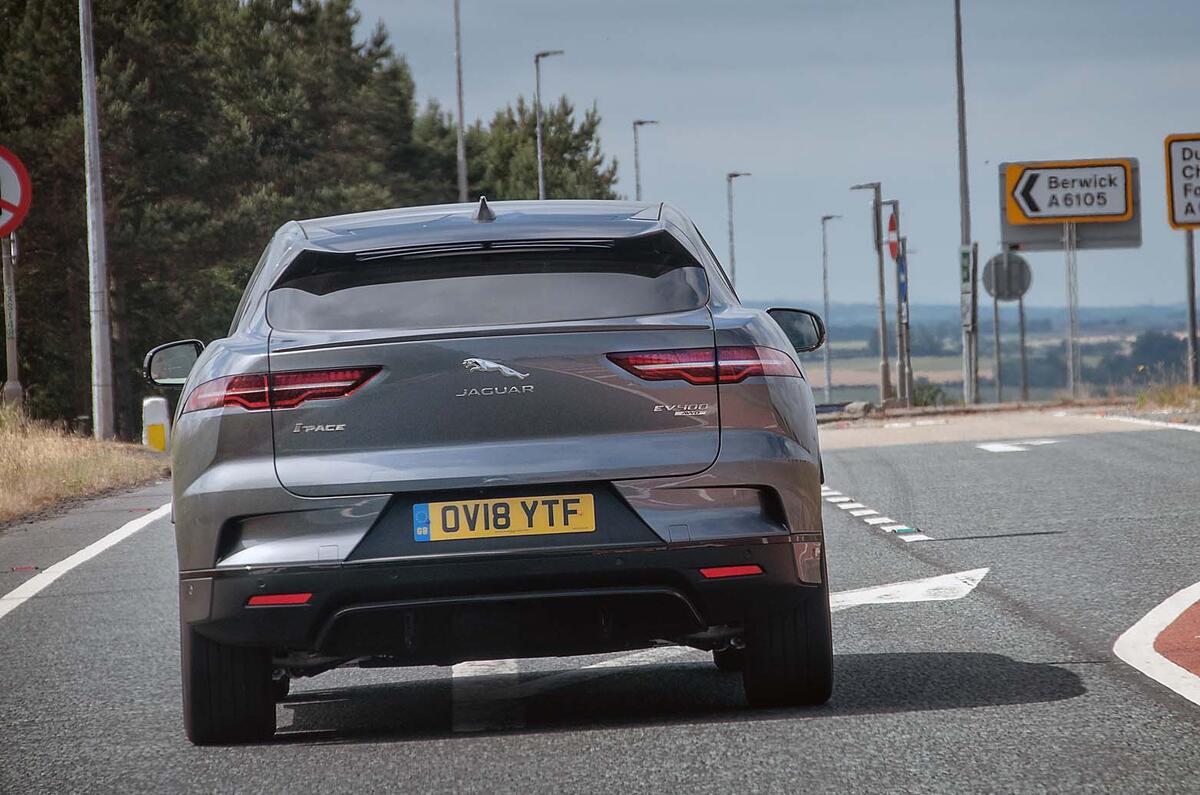
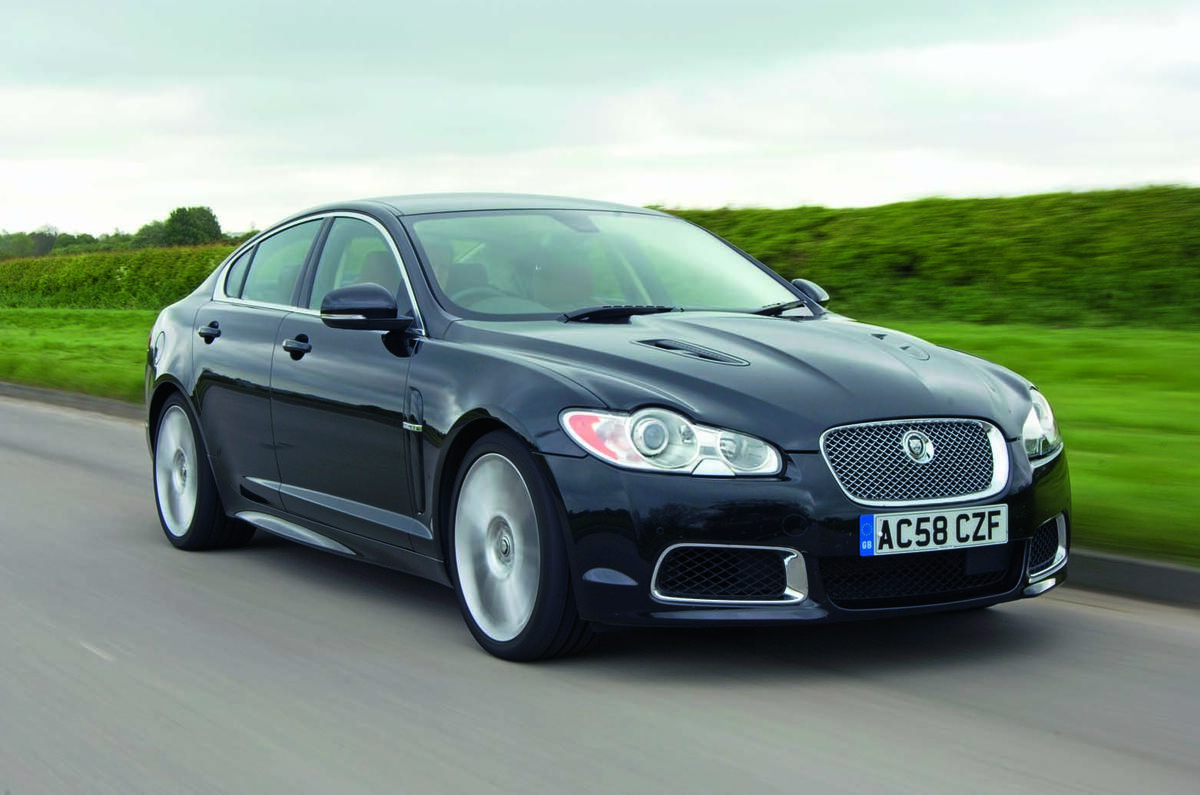
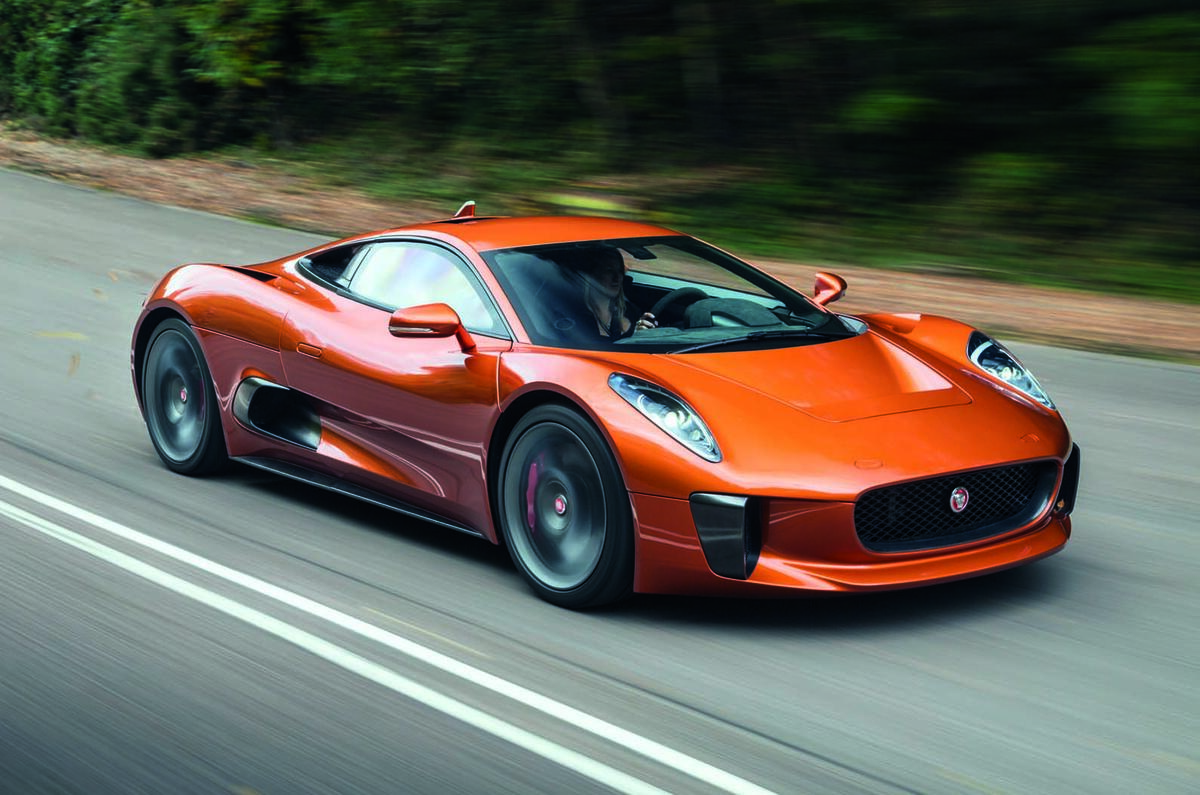
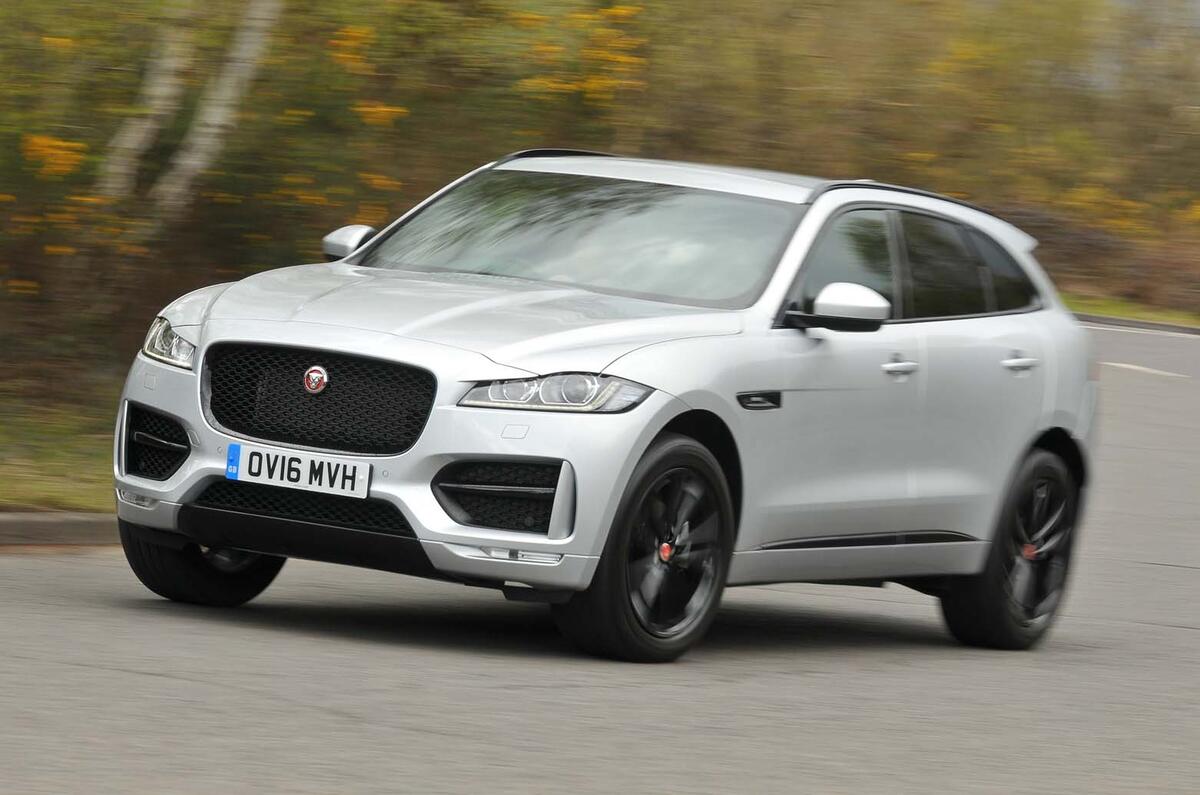
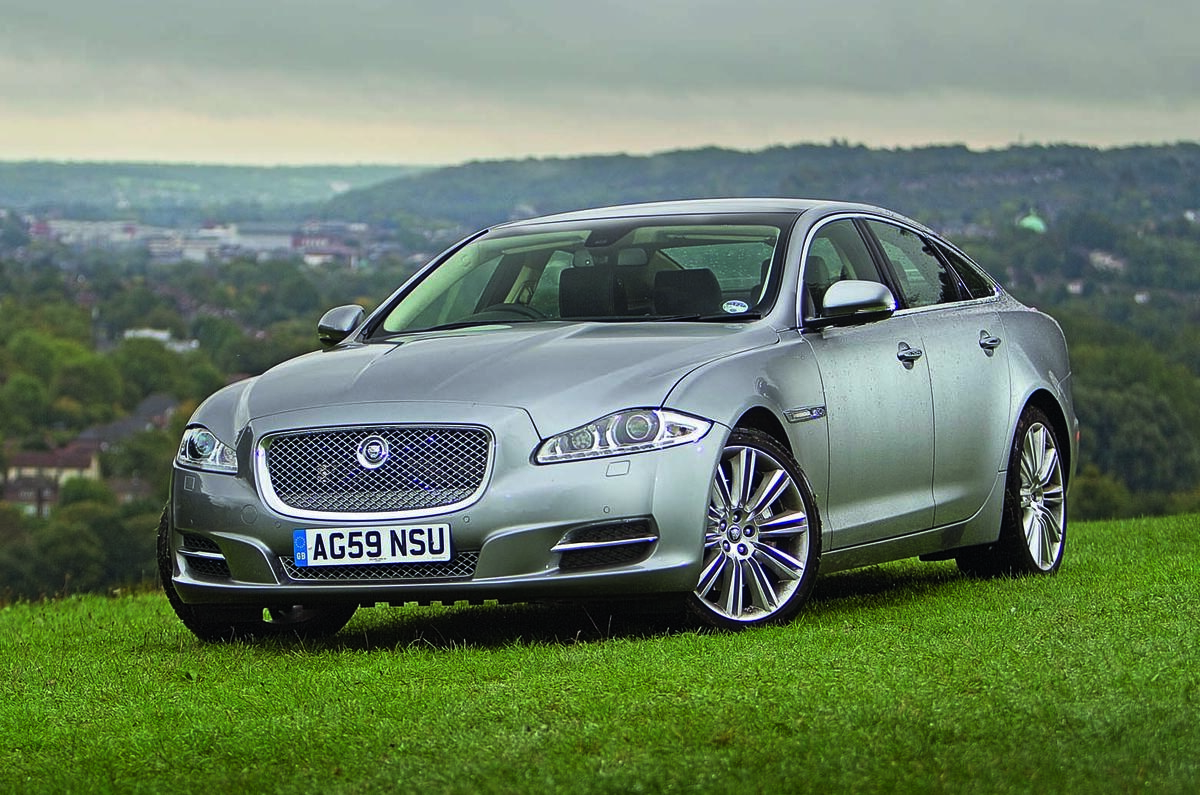
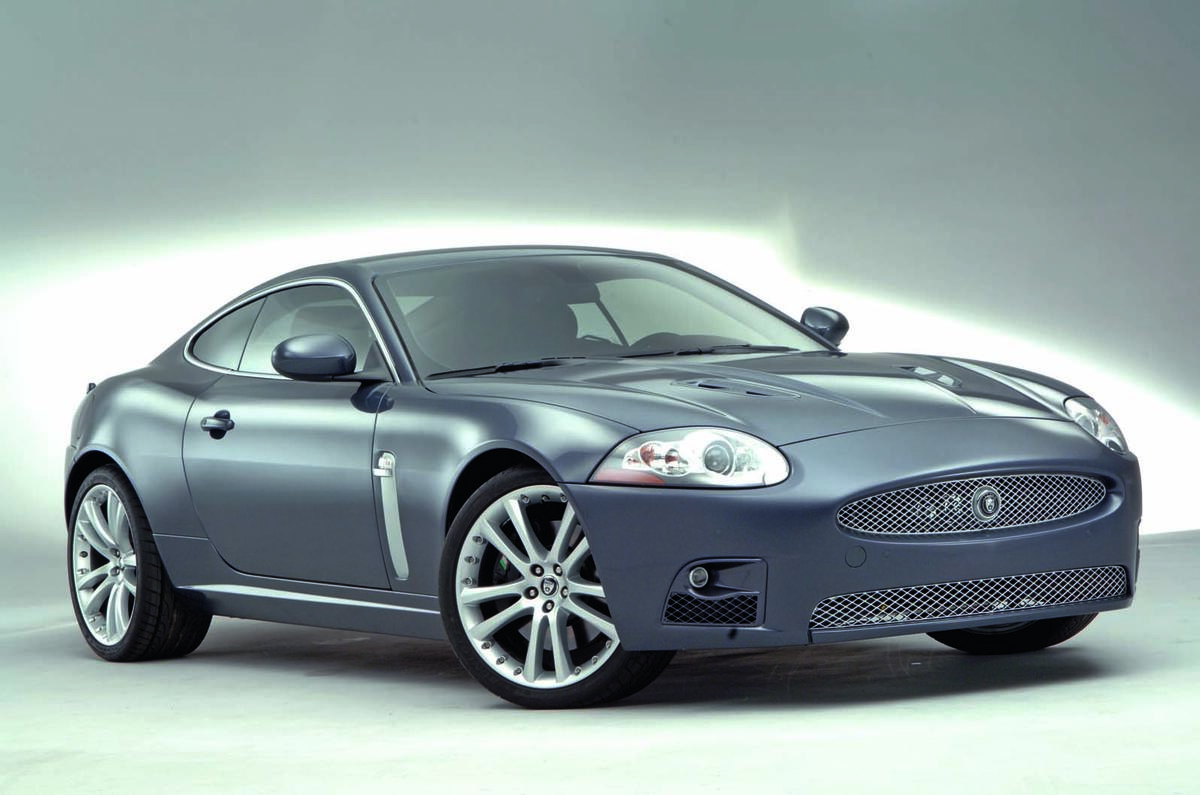
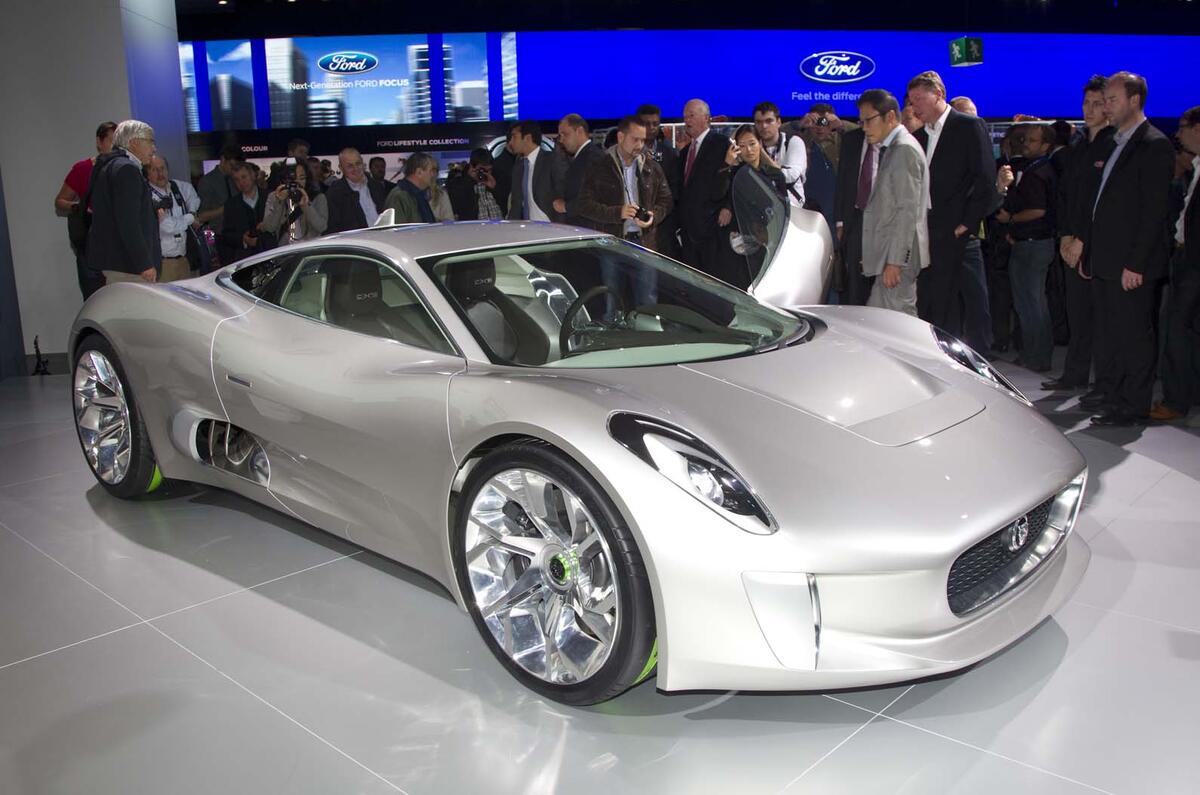
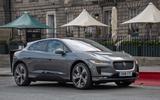
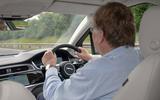
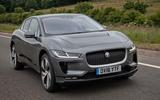
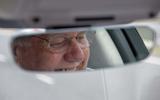
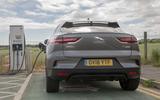
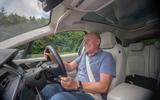
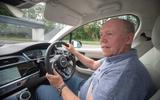
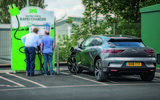
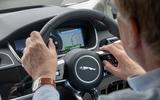
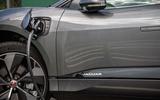

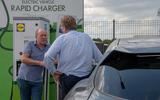
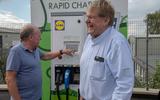
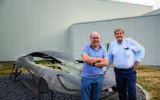
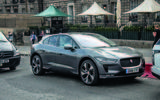
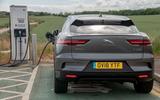
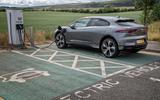
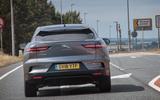
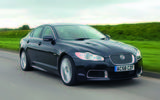
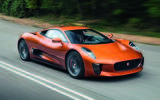
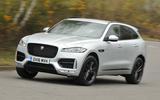
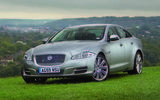
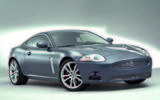
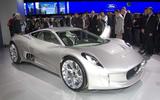






Join the debate
Add your comment
So you roll into a service area
That has just doubled your already long wait time.
Miserable journey in reality and at what cost!
Steve Copley - shame on you. I know of people who are glass half full and exude positivity, but why do you hide the reality of your story. I know why! If people really knew what you had been through then your whole 'iPace is great' story falls flat on its face.
So, lets talk 50KWh chargers. Did you mention, they charge 0.30p ker KW at those stupid slow chargers? Thats not far off the price of fossel fuel and more than double what you pay at home. Did you mention the fact it takes 10+ minutes on your phone to setup an account with your credit card details? You sort of hid the fact that at 50KWh, you are only filling the battery at 48-50 miles per hour, so the reality is these chargers are completely inadqeuate and there are no plans to upgrade them as that will take years and requires planning permissions.
Meanwhile, the much happier Tesla driver is filling their car at 320 miles per hour, not paying a penny and enjoying the fact that Tesla have done it properly, getting planning permission for the required transformers and making it as simple as plug and go. The Tesla really allows you to pre-check that if you arrive a spare charger is available (versus waiting), plug-in, got get a Starbucks for 15 mins and come back with another 80 miles in the battery. In your Jag, that same scenario would have taken 80-90 mins, time for a 5-course meal and after-dinner mints.
Please - the iPace has proved nothing - other than making you 90 minutes late and demonstrating that as good as car as it may be, its useless without car companies forking out and thinking ahead as Tesla have done to build a proper charging network. And without it, these electric cars, especially those costing 60k upwards, are going nowhere! You'd have to be an idot to buy one for at least the next 3-4 years.
Your best advice would be to suggest consumers hold another year, wait for a Model 3, as its the same size, more capable and costs less - plus it has a proper charging network right across the UK.
wheelman wrote:
The problem with the Tesla model is that their excellent chargers are only for Tesla cars and only free to the top of the range cars. If Jaguar were to copy and install chargers through out the UK and Europe that only connected to Jaguars, we're on the road to chaos. All cars need to be able to use all chargers, in the same way that I can use every diesel or petrol pump in the country.
wheelman wrote:
Was this a competition entry to see how many facts you could plain wrong in a single paragraph. If so, first prize!
prodata wrote:
HHHhhhh? Which bits are wrong?
- They do charge at 50 miles per hour. I experienced this personally just this past Saturday. I've also seen worse!
- They do charge 30p per KWh. I pay 11.7p for my home electric and 12.5p is the average across the UK for home electric.
- They do operate like junk with shocking interfaces and mobile apps. It took me 10 mins to download the App, set it up with all my personal details, username, password and credit card info across 5 pages of online form.
These are facts based on personal experience from just a few days ago. Its real. But thanks for your strange input.
It's a good looking car. I do
It's a good looking car. I do not like the current crop of on-road SUVs, but this has an elegance to it that it is almost damned by calling it an SUV and lumping it in with all those other van-shaped bricks.
I reckon this is the future when people start getting bored of SUVs, but still want a slightly higher seating position.
It is elegant in my opinion.
I think some people miss the point of EVs too. I would consider one as most days I commute to a park and ride, I could charge the car overnight, 10 miles to the car park, if needed there are charge points there, home again and charge overnight. At the weekends I might do an 80 mile round trip at most. We are a 2 car family (rural, work in different locations), for longer journeys we might keep the diesel (shock horror!).